Our ULTIMATE Banff Packing List (Covering Winter and Summer)
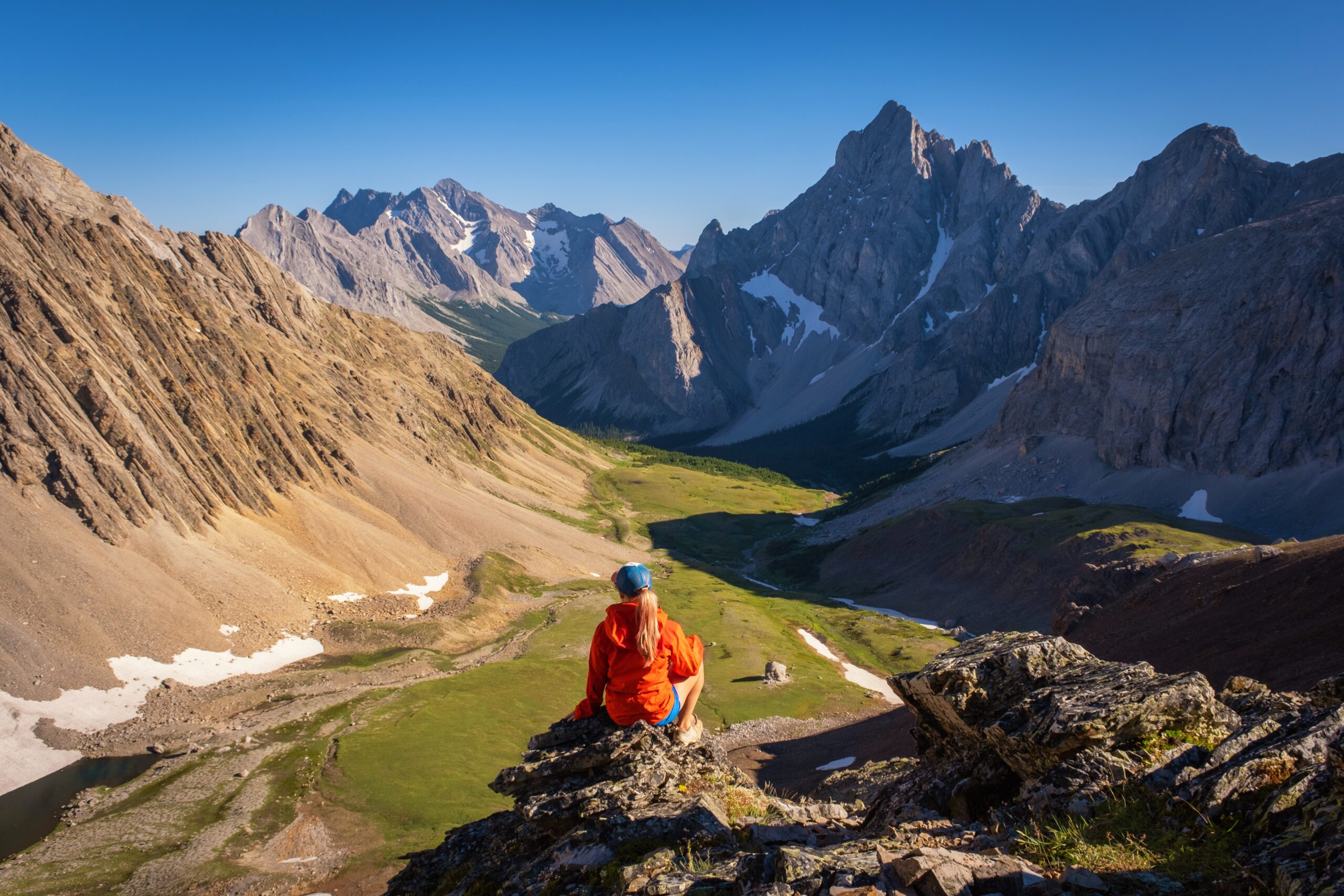
You’ve come to the right spot if you’re wondering what to put on your Banff packing list. No matter what time you visit, there’s no need to stress over what to wear in Banff. Below, we’ll run down what you’ll need for your trip and what you should leave at home.
The weather in the Canadian Rockies changes month by month, day by day, and often even hour by hour. This list is meant to be good for any season and for many different levels of activities. Whether hiking, canoeing on a stunning lake, or just wandering around exploring the town of Banff and its surroundings, here is what we recommend to pack for Banff.
A Word About the Mountains
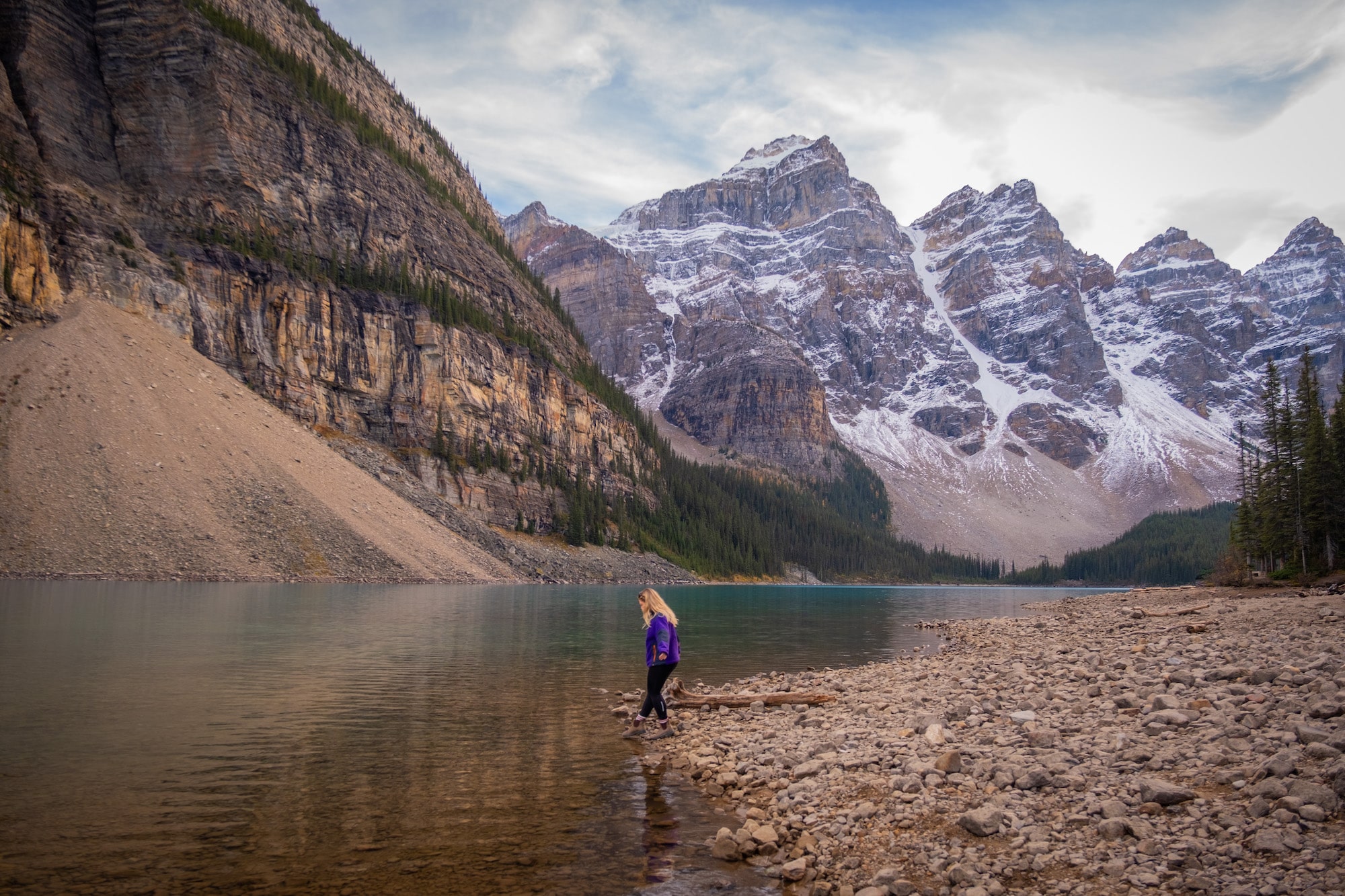
The Canadian Rockies are notorious for rapid weather shifts and frigid temperatures. Even in the summer, we can see cold weather and snow at high elevations. We have seen it snow here every month of the year, even in August! With rapid weather shifts, the secret to comfort is layers. We recommend you pack something warm no matter the time of year.
However, most summer days are perfect for shorts and a T-shirt, especially with the occasional heatwaves we get these days. We regularly take dips in the frigid lakes and enjoy paddleboarding in a bathing suit. The best summer weather in Banff is in July and August. Yup, in all honesty, there are only two months of true summer.
Seasons vary a lot here, so you’ll want to consider what time of year you plan to visit. If you visit in the winter (mid-November to mid-May), you should prepare for cold weather and snow. Temperatures in January can drop to -25C and sometimes even -35C (almost the same in Fahrenheit).
There are also tons of sports to enjoy, so pack your gear, too, if it’s possible! Our place is full of biking, snowboarding, trail-running, hiking, climbing, and mountaineering gear. Whatever you plan to do while in Banff, make sure not to forget your sports equipment if you’re driving in—you can also rent a lot here if it’s too much of a struggle to bring your own gear.
Learn more about the best time to visit Banff in this article here!
Banff Packing List: The Clothing
- Rain/Shell Jacket
- Down Jacket
- Pants
- Shorts
- Shorts
- Bathing Suit
- Shirts
- Mid-Layer/Sweater/Fleece
- Vest
- Flannel
- Hat
- Wool Hiking Socks
- Underwear
- Parka
- Thermals
- Athletic Shoes
- Casual Shoes
- Boots
- Sandals
- Daypack
Rain/Shell Jacket
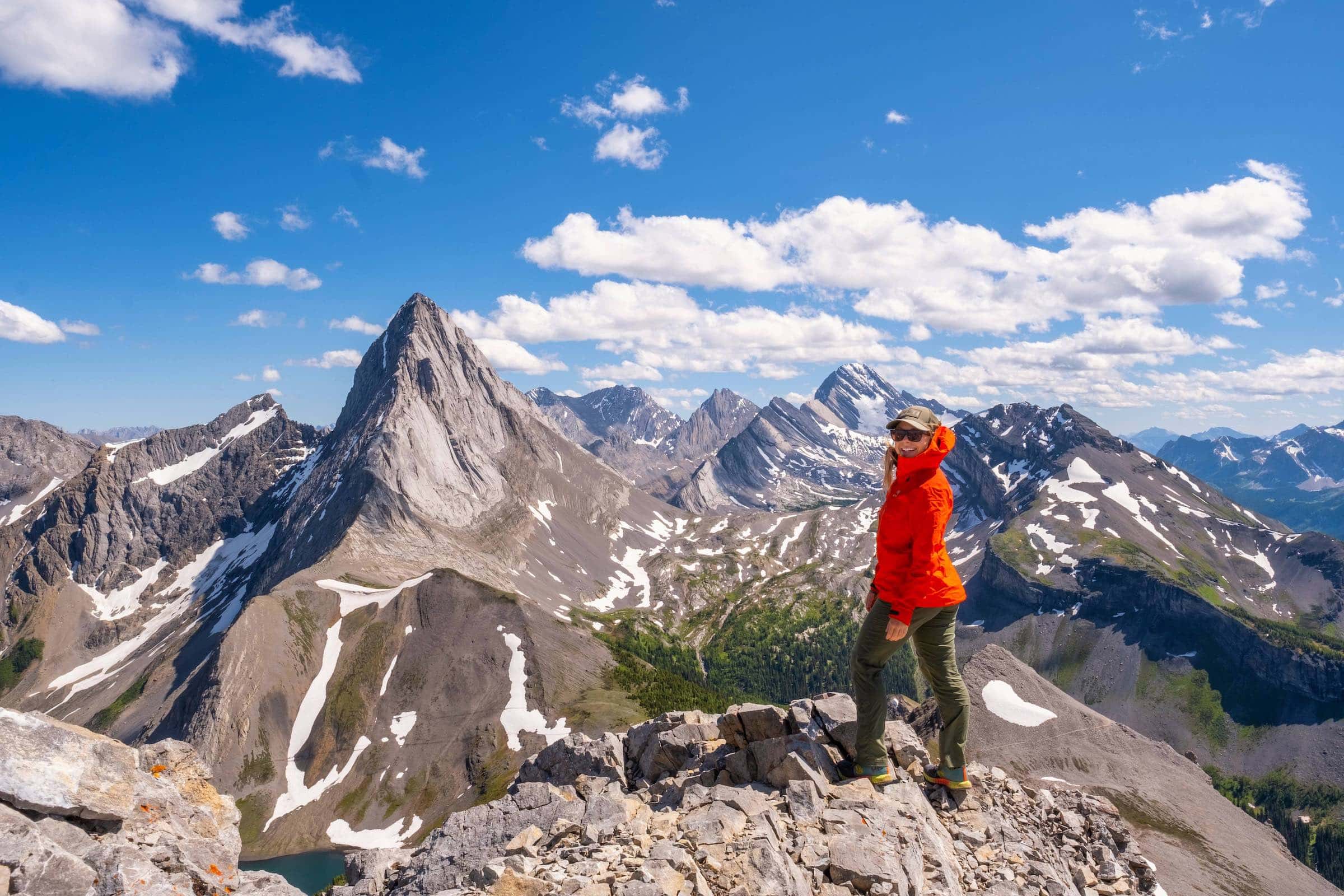
We always recommend hiking and traveling with a shell jacket. They do an exceptional job of protecting you from the elements in the mountains, which could include wind, rain, or snow. We suggest a packable rain jacket for the outdoors/hiking.
Any rain jacket will do, but the top-dollar ones designed for the outdoors will hold up and help in inclement weather. They are lightweight, durable, packable, waterproof, and windproof — the wind may be the most important as it can be unrelenting.
If you’re hesitant to invest in a shell jacket, you can always opt for an affordable poncho. We wouldn’t want to hike in one as they’re terrible at ventilation, but they’re adequate if you only have sightseeing plans. Plus, they can save you when the weather takes a turn for the worst.
Shell jacket recommendations:
Down Jacket
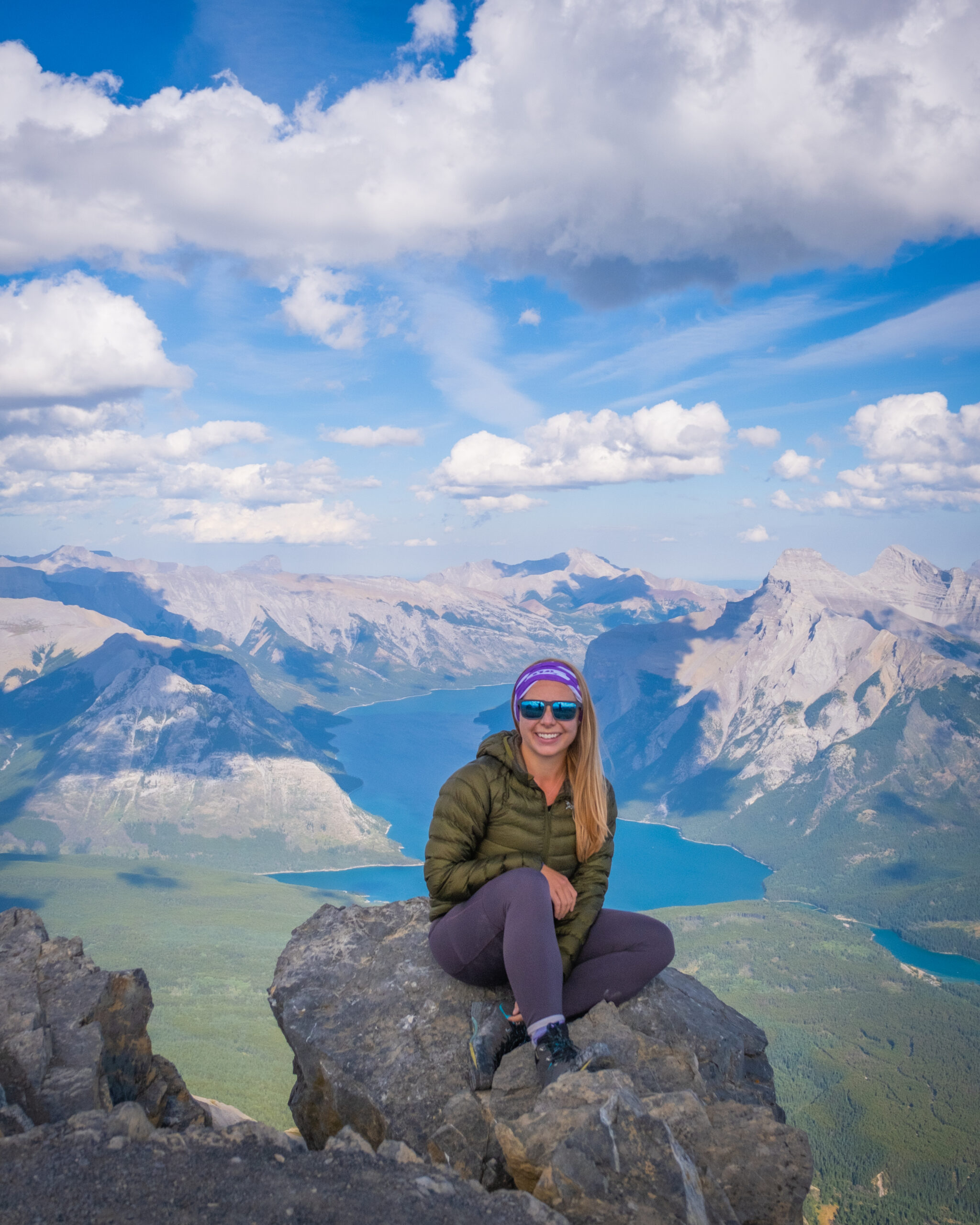
A packable down jacket is an outdoor staple and perfect for any trip to Canada. They’re warm and provide decent protection against wind. Although down jackets were created for outdoor sports, their comfort and practicality have made them perfect for daily life. They pack down and fit easily in a backpack.
We always recommend bringing a down jacket on almost any hiking trip. It’s a great way to keep warm without eating up too much space in your hiking backpack when dealing with the mountains and vast temperature shifts.
My favorite down jacket is the Arc’teryx Cerium, which blends the perfect balance between lightweight, performance, style, and fit. No matter the month or season, it’s always down jacket season in Banff! They stay hanging in our closets all year. Some other great recommendations for down jackets include the Patagonia Down Sweater and REI Co-op 650 Down.
Pants
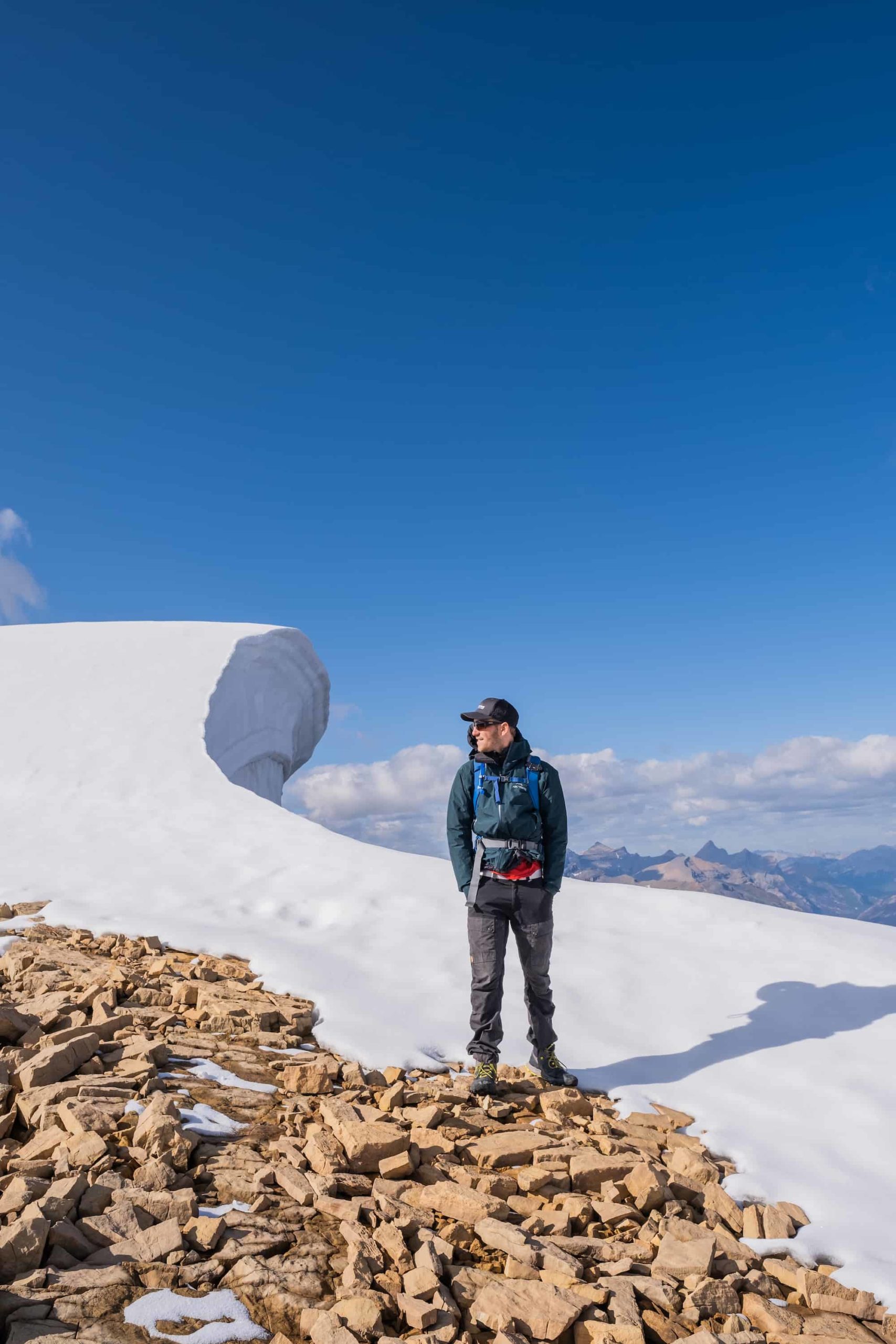
One of the best things to do in Banff is to tackle many hiking trails and mountain scrambles. Almost everyone comes to Banff to enjoy the wonderful hiking, so you’ll want to pack a pair of hiking pants or shorts.
For most, we suggest some technical pants made from synthetic material. We love many new hiking pants that have a casual style appropriate for an evening out and the hiking trail. The Men’s Kuhl Renegade and Women’s Kuhl Freeflex pants are exceptional for travel and hiking, but you’ll also see us in Fjallraven Kebs often too.
You can pack more than just hiking clothes! We recommend a pair of jeans or black leggings for walks around town, dinner, or drinks at the bar. Banff is very casual, and there aren’t many fine-dining restaurants or clubs where you have to feel like you must wear nice clothes out.
Mid-Layer / Sweater / Fleece
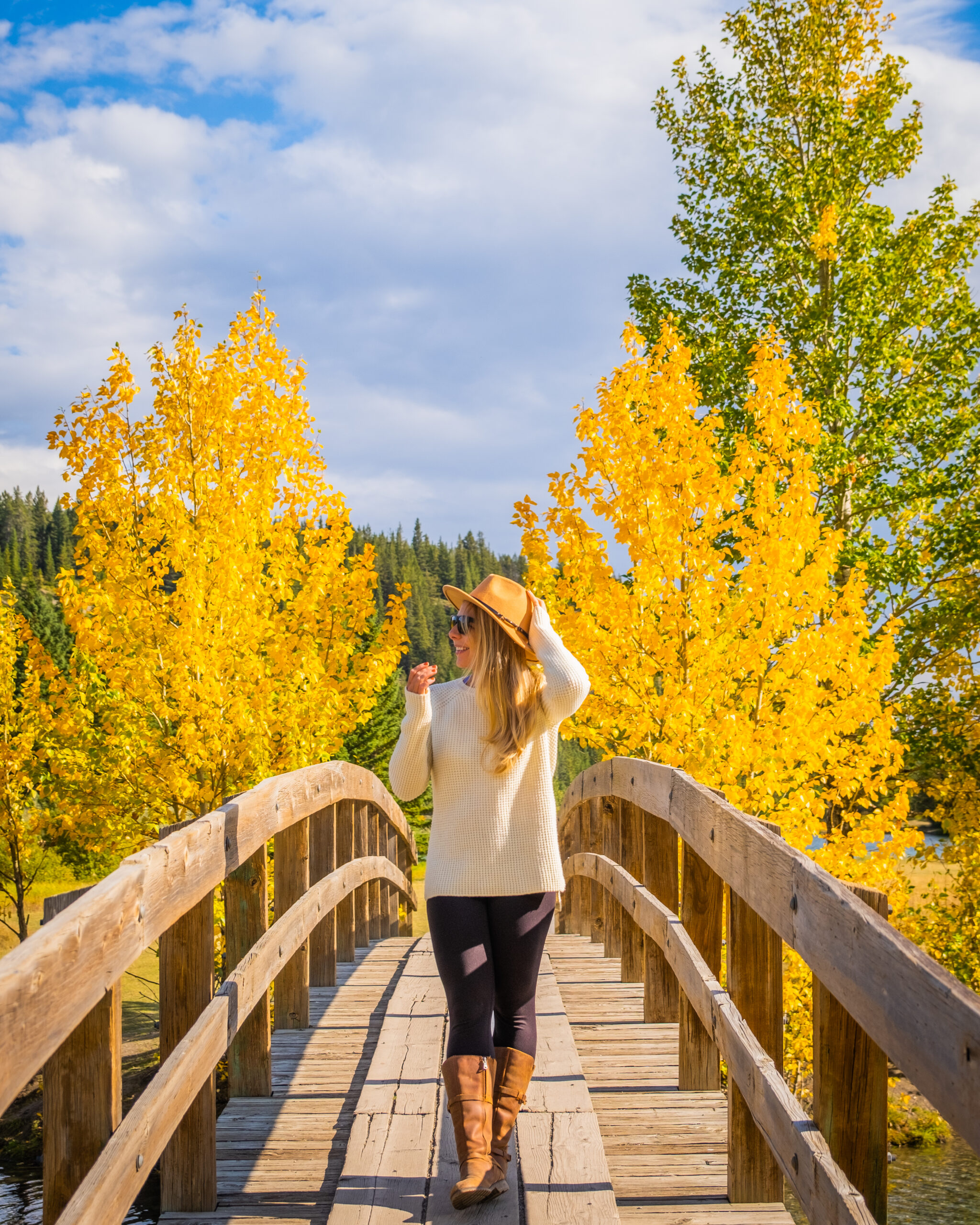
On the trails, you often come across cold temperatures in the mountains. A comfortable sweater is a great way to remain warm in the mornings and evenings. There are a couple of options for hiking mid-layers. You can choose from a fleece, thermal, down jacket, or softshell jacket. It depends on what you find comfortable and the weather on the trail.
A versatile sweater like the Patagonia Better Sweaters is perfect. It’s a slim-cut fleece with a soft lining that moves well with your body, while the outer material feels tough and shows little to no wear. However, there are a plethora of options, and there is rarely a wrong choice. You’ll likely see a ton of locals wearing the Arc’teryx Atom, as it’s a popular synthetic down jacket.
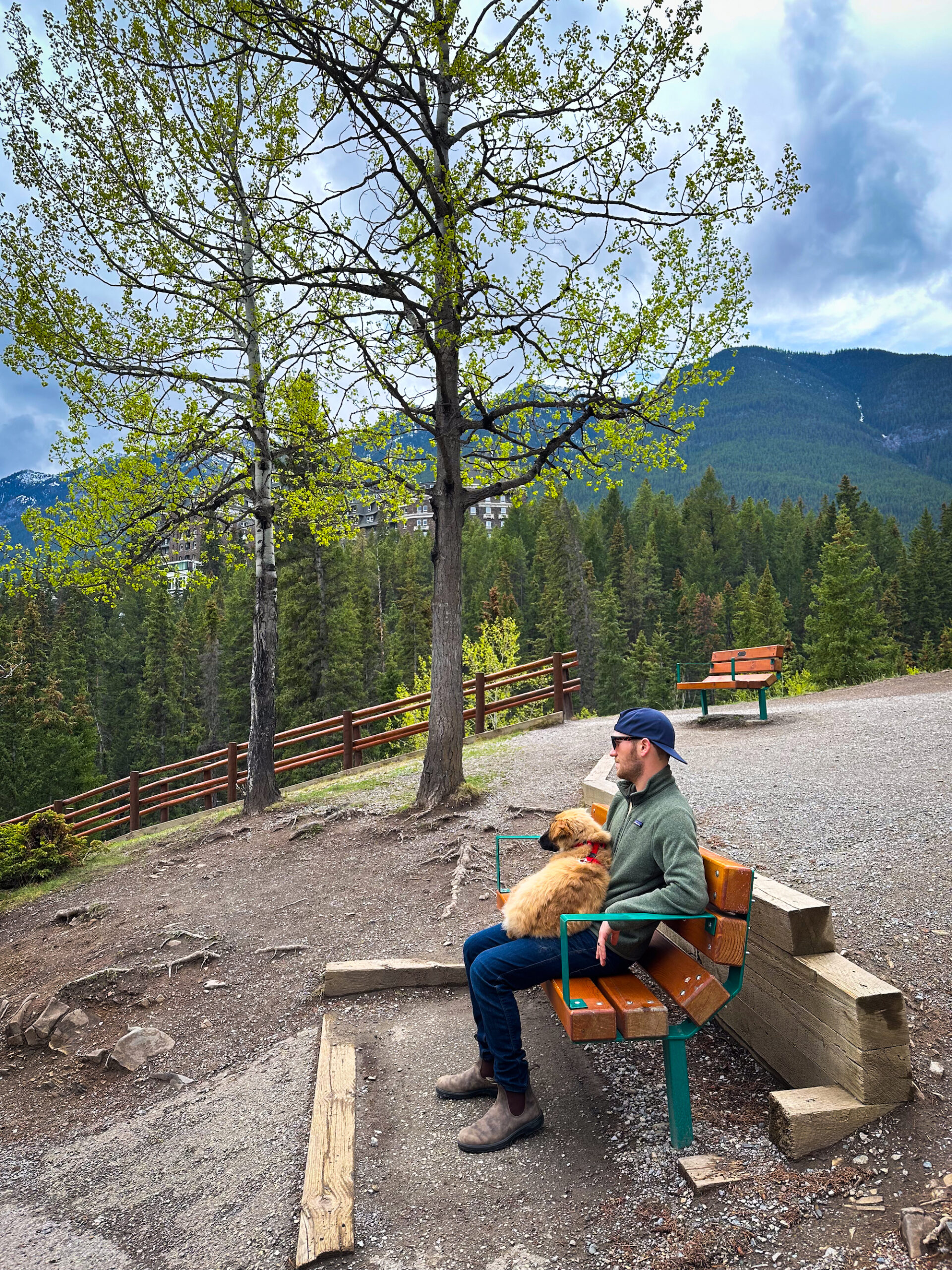
Along with a mid-layer for the hiking trail, pack a cute sweater to wear around town. A nice sweater is comfortable in the evenings almost any time of year in the Rockies. They feel perfectly appropriate for an evening meal and walk. A sweater is also a great mid-layer in the winter when worn underneath a heavy parka.
Flannel Shirt
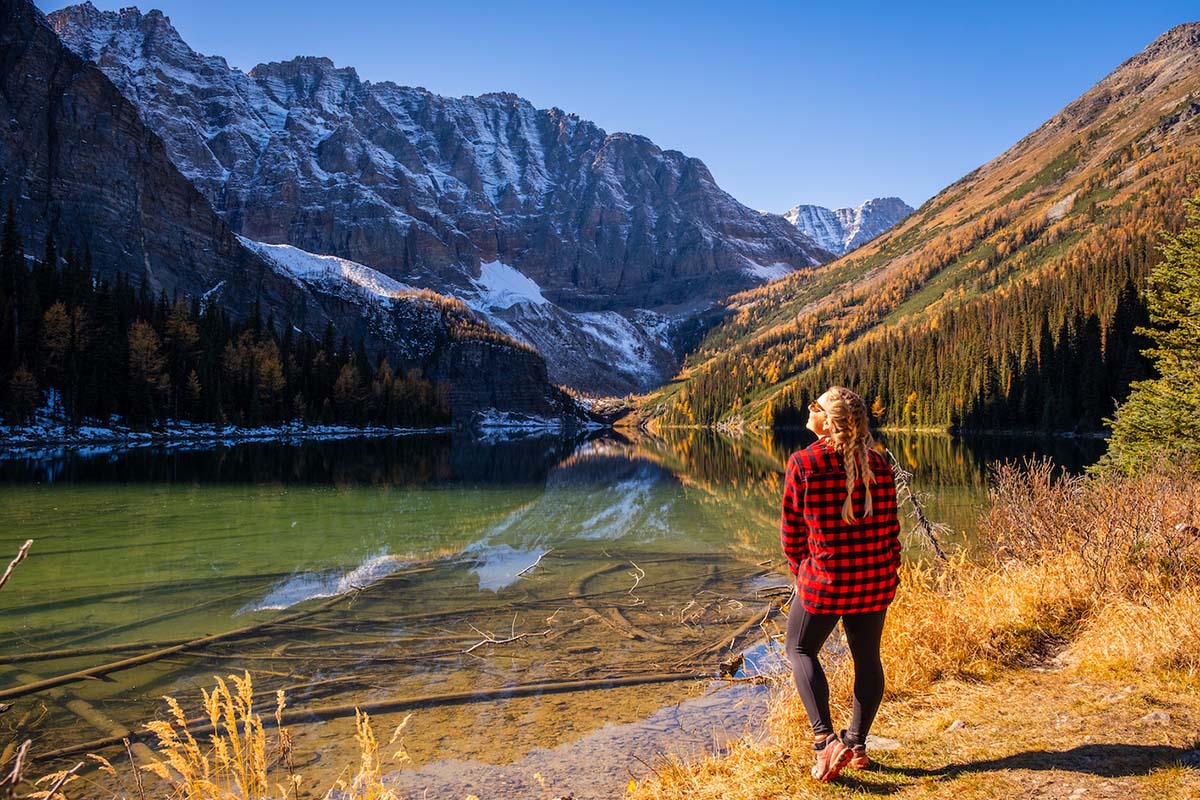
You’ll never feel out of place in Canada wearing a flannel. The super comfy top keeps you warm and works as a fabulous mid-layer. It’s a great item to pack for Banff in the shoulder and winter months. They’re super easy to style for a relaxed outdoor look, and we often spend our evenings or days lounging around in a flannel. When the temperature drops, pairing a flannel with a nice vest is a good look and adds warmth. We have many vests, from technical down vests to comfy fleece vests.
Travel Shirts
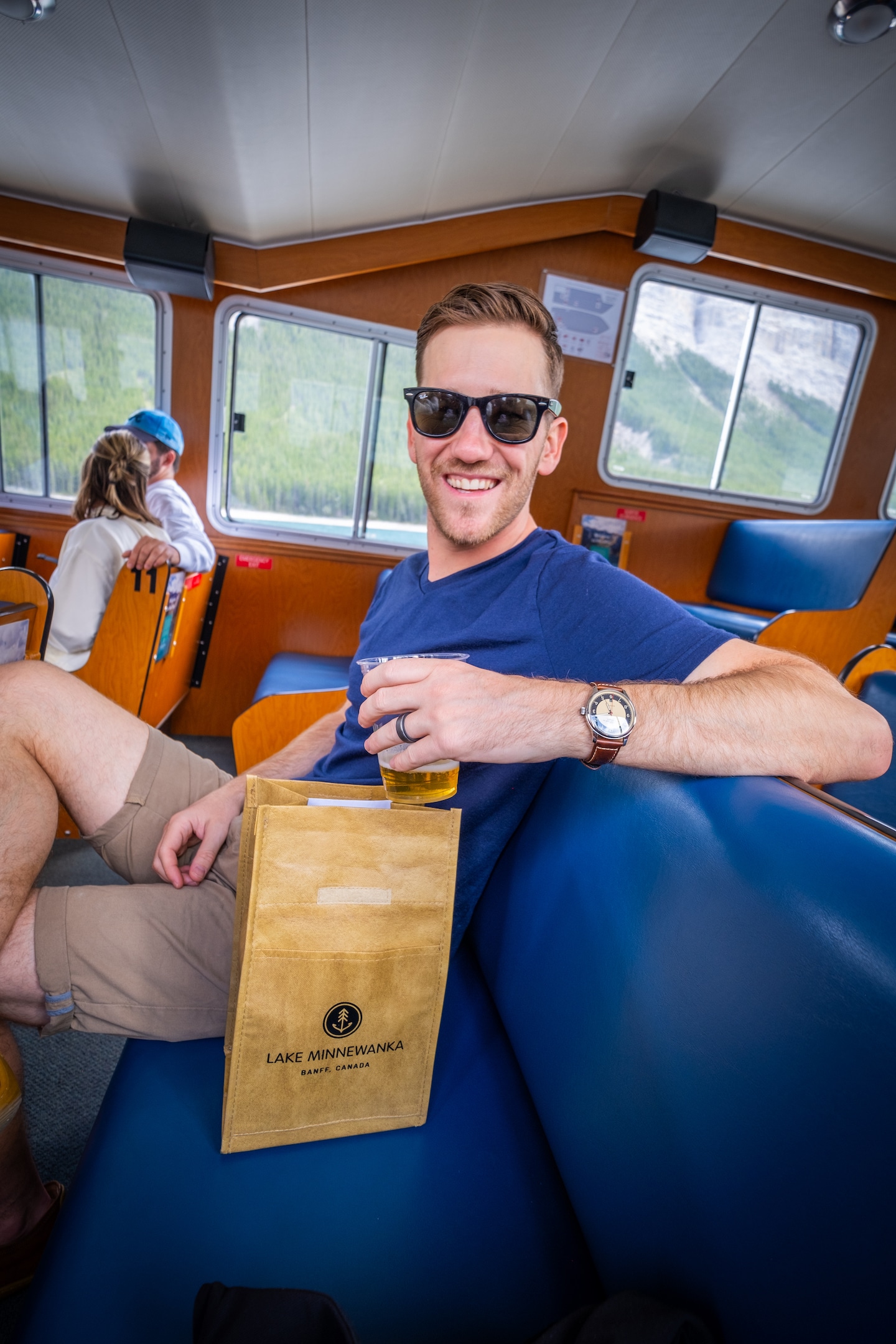
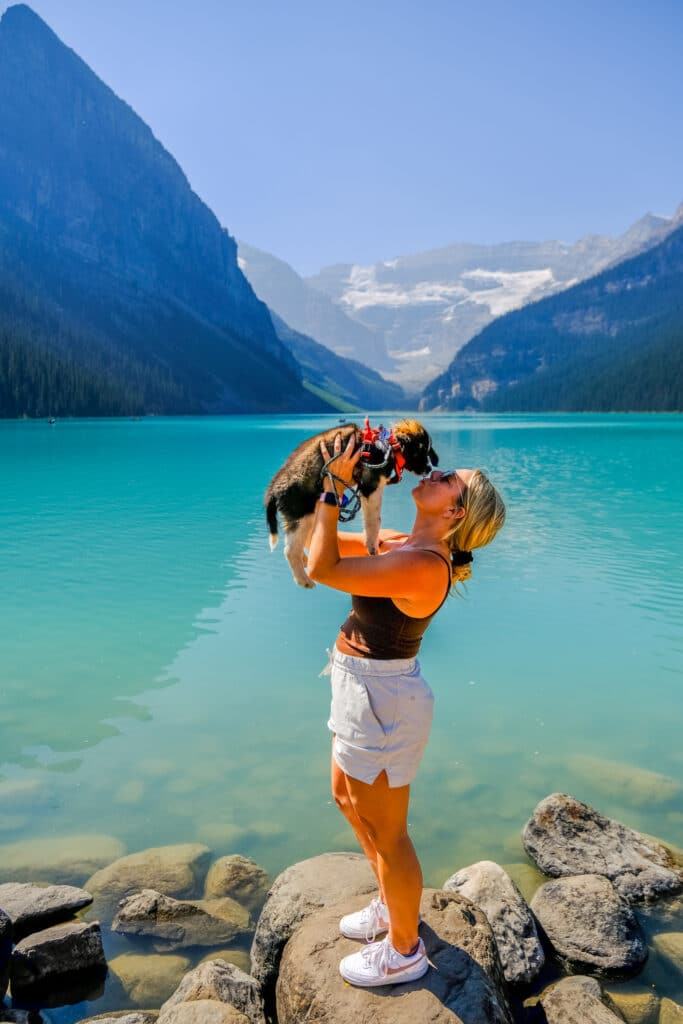
A couple of T-shirts and basic travel tanks are an easy, no-brainer to pack for your trip to the Canadian Rockies. As you spend the majority of your trip in hiking/outdoor gear, there is no need for fancy tops or dresses. We love to wear wool travel shirts, as they better manage moisture, temperature regulation, and odor resistance.
We love them for all the same reasons as wool hiking shirts. However, many shirts have an athletic fit that doesn’t always look the best for daily wear. That’s why we have fallen in love with shirts from brands like Unbound Merino that work for daily life and light activities. We also get many of our travel shirts from Lululemon.
Hiking Shorts
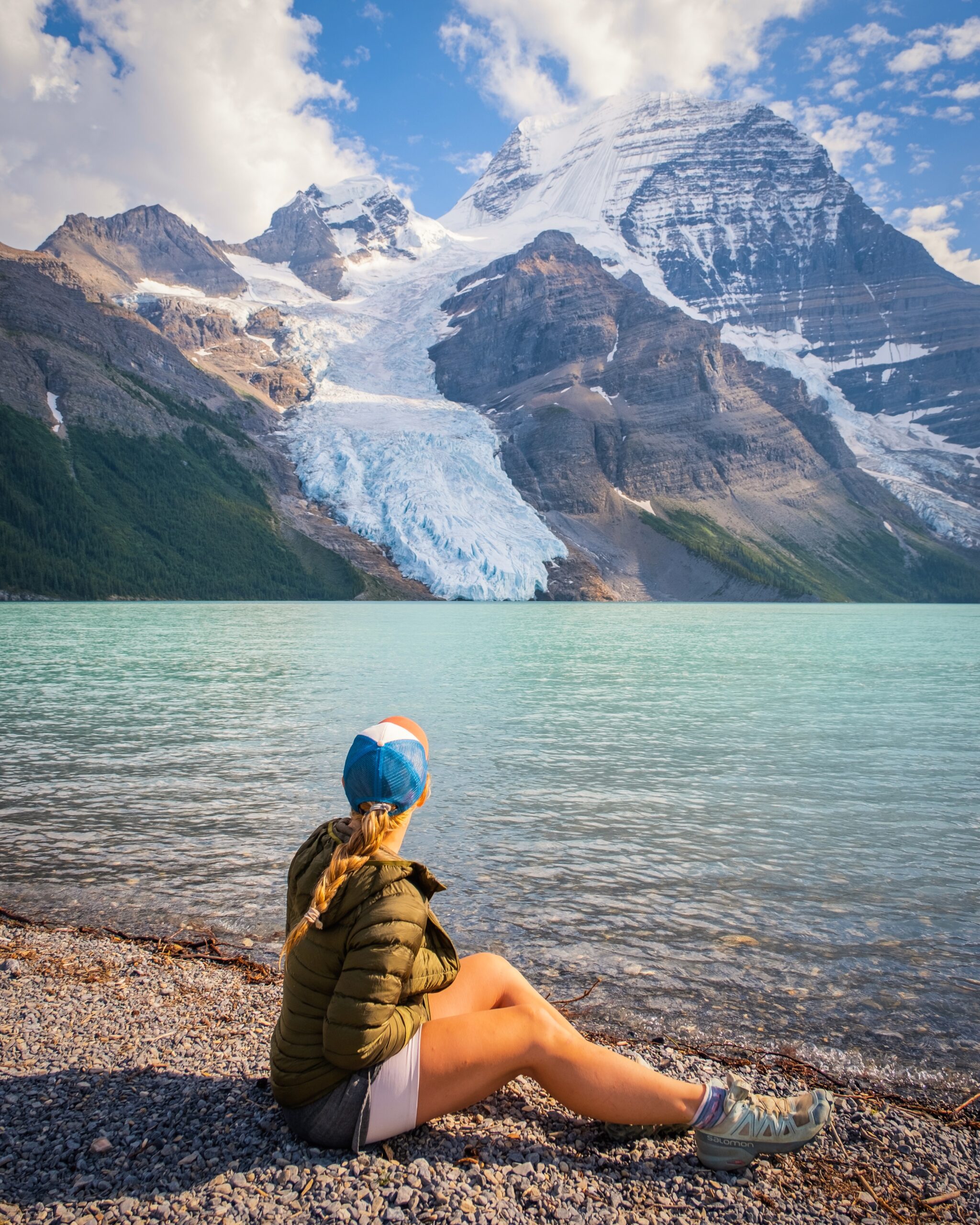
Hiking shorts are great in the summer when it finally arrives. You’ll likely regret not packing a pair if you visit Banff in the peak summer months. We love shorts for low-elevation hikes, walking around town, or relaxing by the lake.
If you plan to tackle more challenging hikes or scrambles, wear pants. Even on warm days, hikes at high elevations can still be frigid. That being said, every hiker knows their body best and should be able to assess their clothing needs.
Swimsuit
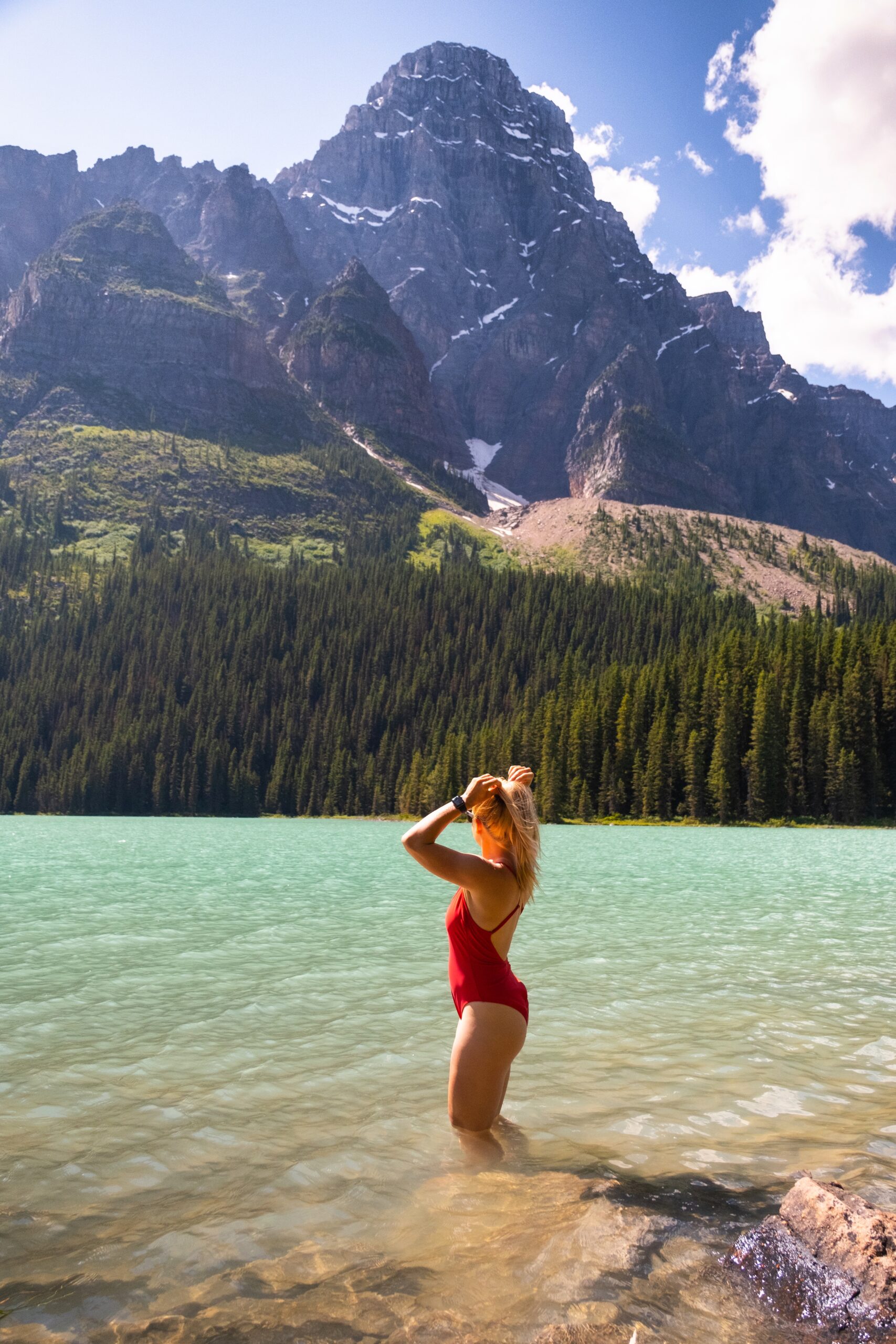
Think about packing a bathing suit no matter the season! The Canadian Rockies may be just about the furthest thing from a beach destination, but there are plenty of places to use a swimsuit. You can hang out with the locals at Johnson Lake or Quarry Lake on a summer day.
However, you’ll most likely want to take advantage of your accommodation’s pool or hot tub. If you don’t have access to a pool, consider checking out the Banff Hot Springs or driving out to the Radium Hot Springs. Either way, you’d likely regret not having a swimsuit in your luggage.
Athletic Shirts
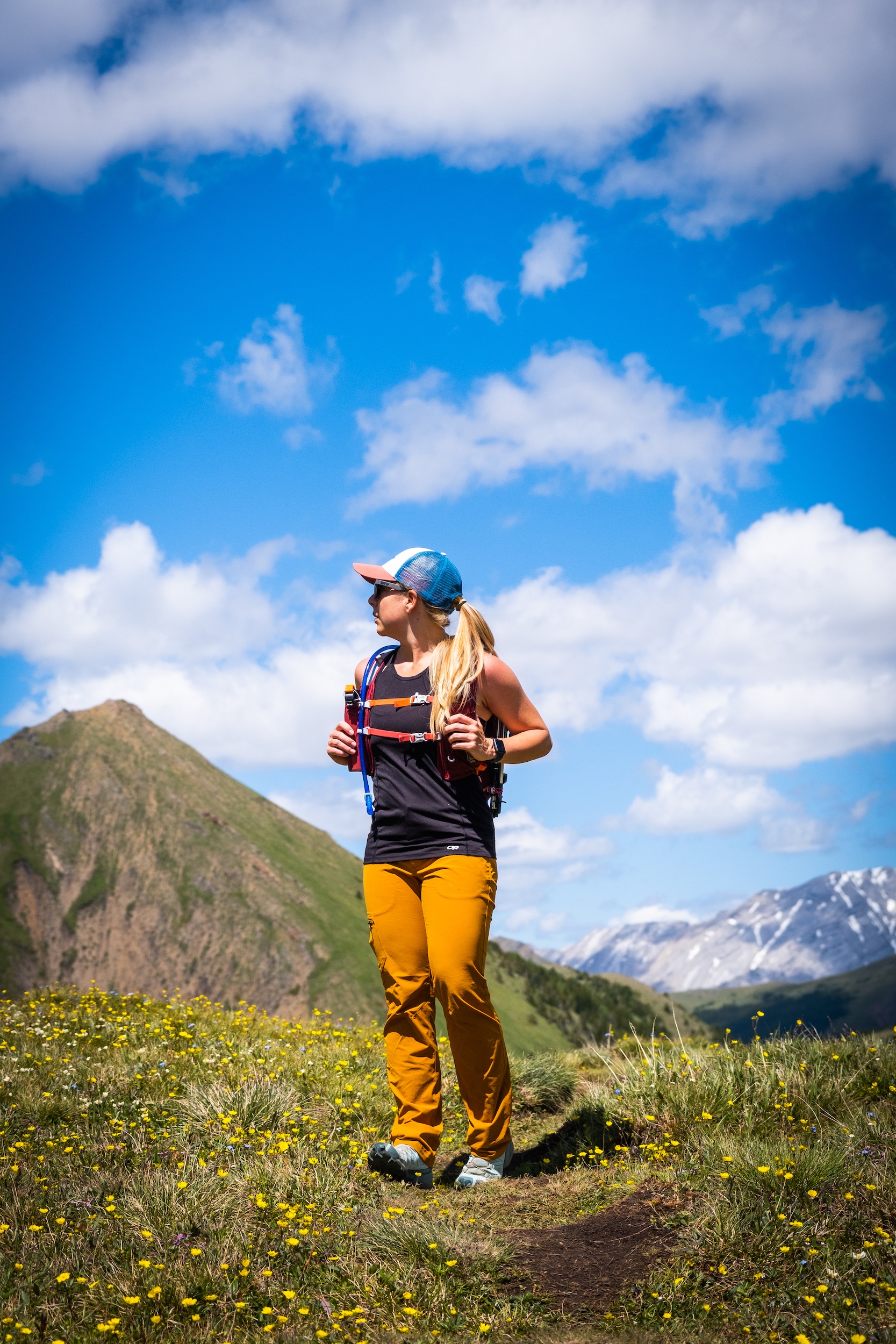
At least one quick, dry, and antimicrobial hiking shirt should be on your packing list. This can be either a synthetic blend or a wool shirt. Staying dry is essential when hiking in cold temperatures, as moisture will remove the heat from your body. Plus, if your clothes get soaked, the shirt will dry overnight.
Synthetics are a bit cheaper and lighter, but they are made from plastic and contain chemicals. That being said, they offer exceptional performance. Our favorite synthetic hiking shirts are the Outdoor Research Echo Series. They make a hooded version that is light enough to be worn in the heat and has full sun protection!
Wool shirts are another exceptional and more sustainable option. We love wool shirts and wear them in addition to our synthetic shirts. Wool shirts are super comfortable and do an incredible job at temperature regulation. Most importantly, as a travel shirt, wool does a much better job of resisting odors. We regularly wear our wool shirts multiple times between washes.
Wool Socks
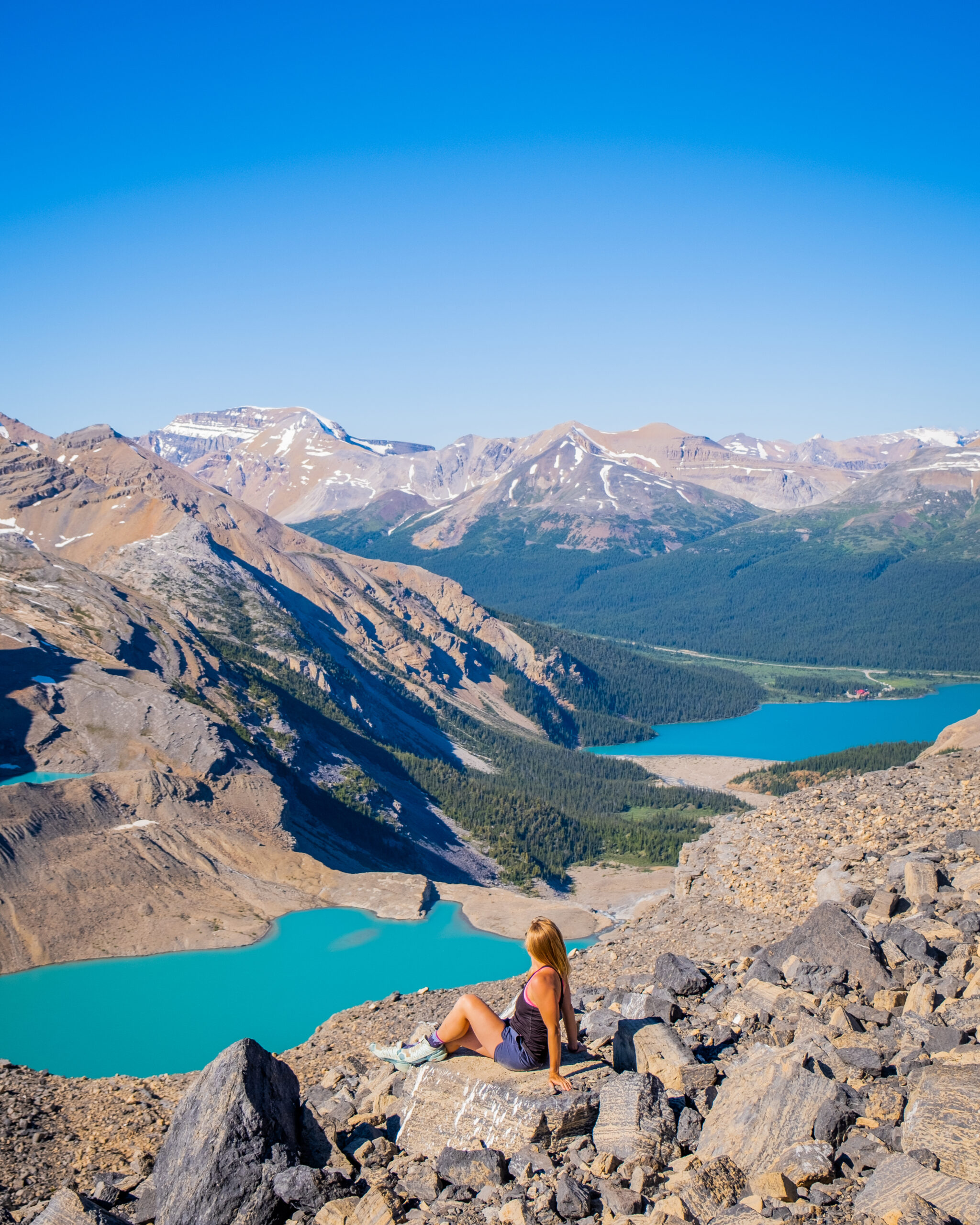
We’ve learned to love our feet with a good pair of socks. Happy feet are dry feet, and the key to dry feet is similar to hiking shirts. Avoid cotton socks, as they cause blisters since they slip, rub, and hold moisture. This is why wool has been the classic choice for socks. Our favorite socks for hiking are from Darn Tough. Another great recommendation for socks is Smartwool!
Underwear
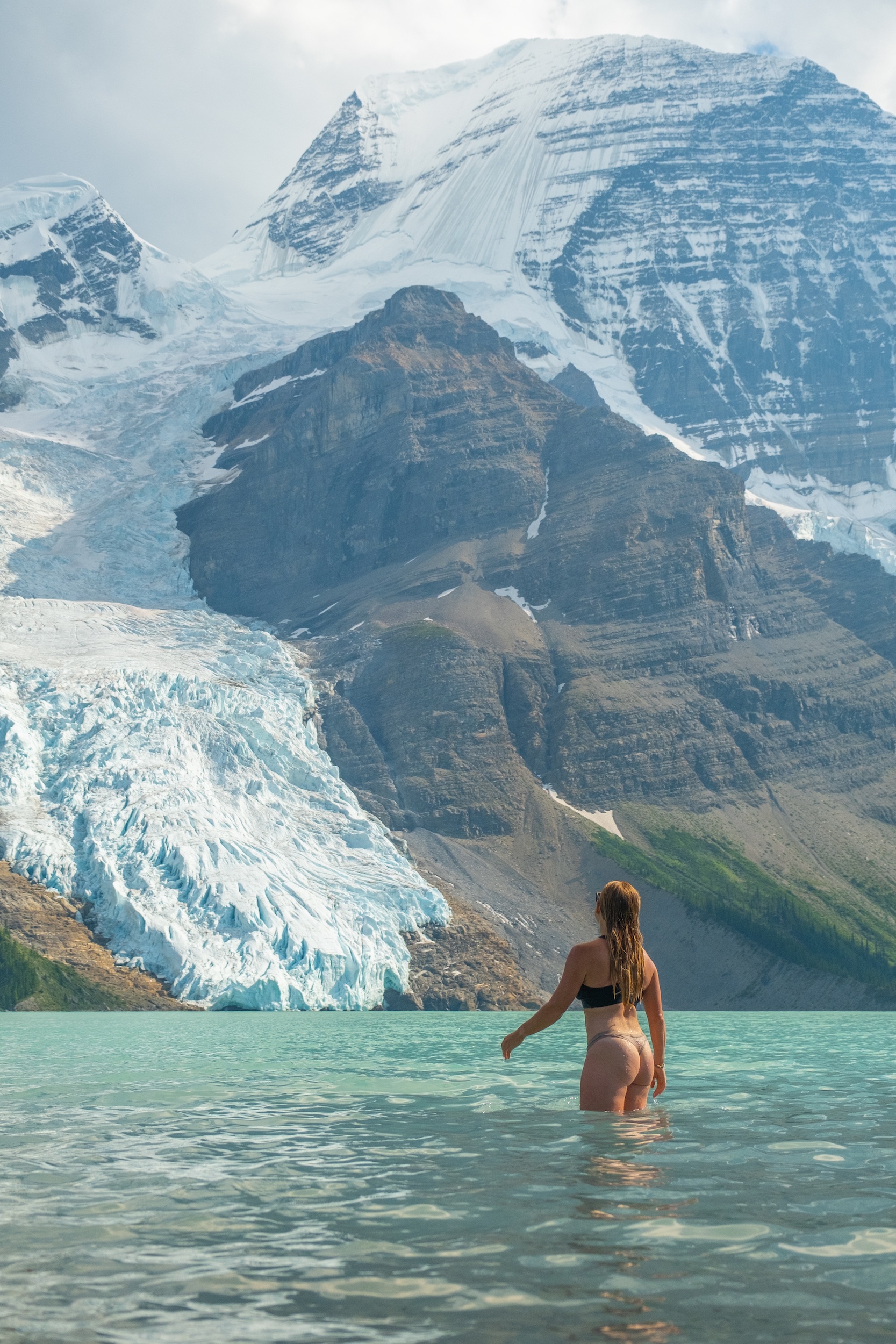
Underwear isn’t the most exciting topic to discuss. However, it’s an essential part of your wardrobe, and a poor pair of underwear can ruin a hike, especially a multiday trek. It’s best to wear underwear that wicks away moisture from your body for multiple reasons.
Most importantly, it keeps you dry in hot weather and reduces the risk of chafing or discomfort. Chafing might sound a little comical, but it’s a real risk when the distance adds up — just ask any endurance athlete.
After much testing, our favorites are from Icebreaker. They make several versions and cuts for men and women to match personal tastes. What’s best about wool underwear is that it can be washed in a bathroom sink at night only to dry by morning the next day, so you could feasibly travel with only a couple of pairs. They are pricey, so we can’t recommend that everyone replace every pair.
Hat
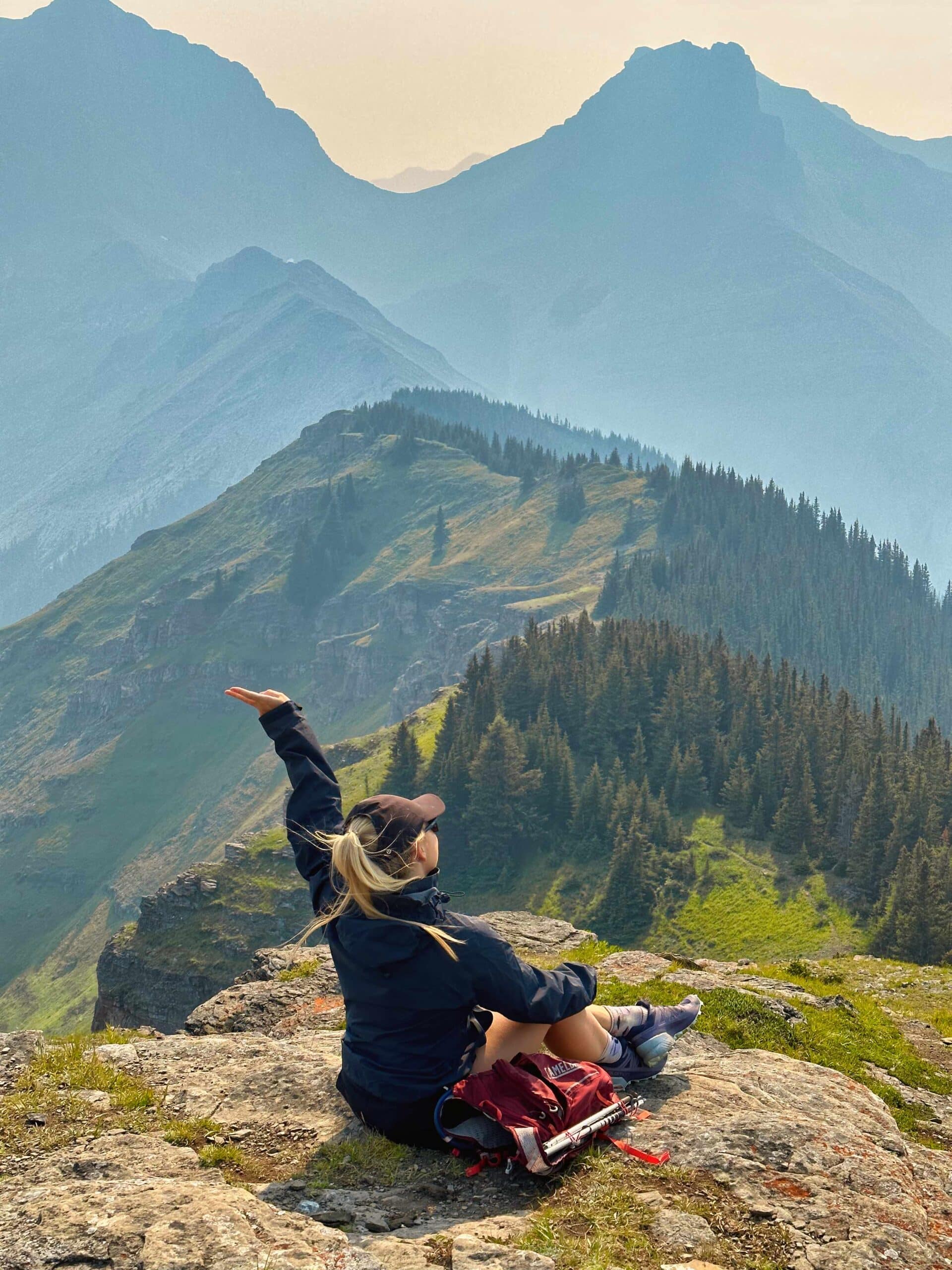
A cute hat is great for photos and for wearing around town. They are not practical when it comes to outdoor sports in the area. We recommend packing a hat for hiking as it adds a layer of sun protection.
I’m often in a ball cap, so I most commonly wear one, but a well-designed sunhat with a wide brim is more effective. It’s all a matter of personal preference. On a sunny day, you’ll see a lot of sun on the trail, so it’s essential to protect yourself. Our favorite hats are from Lululemon.
Sunglasses
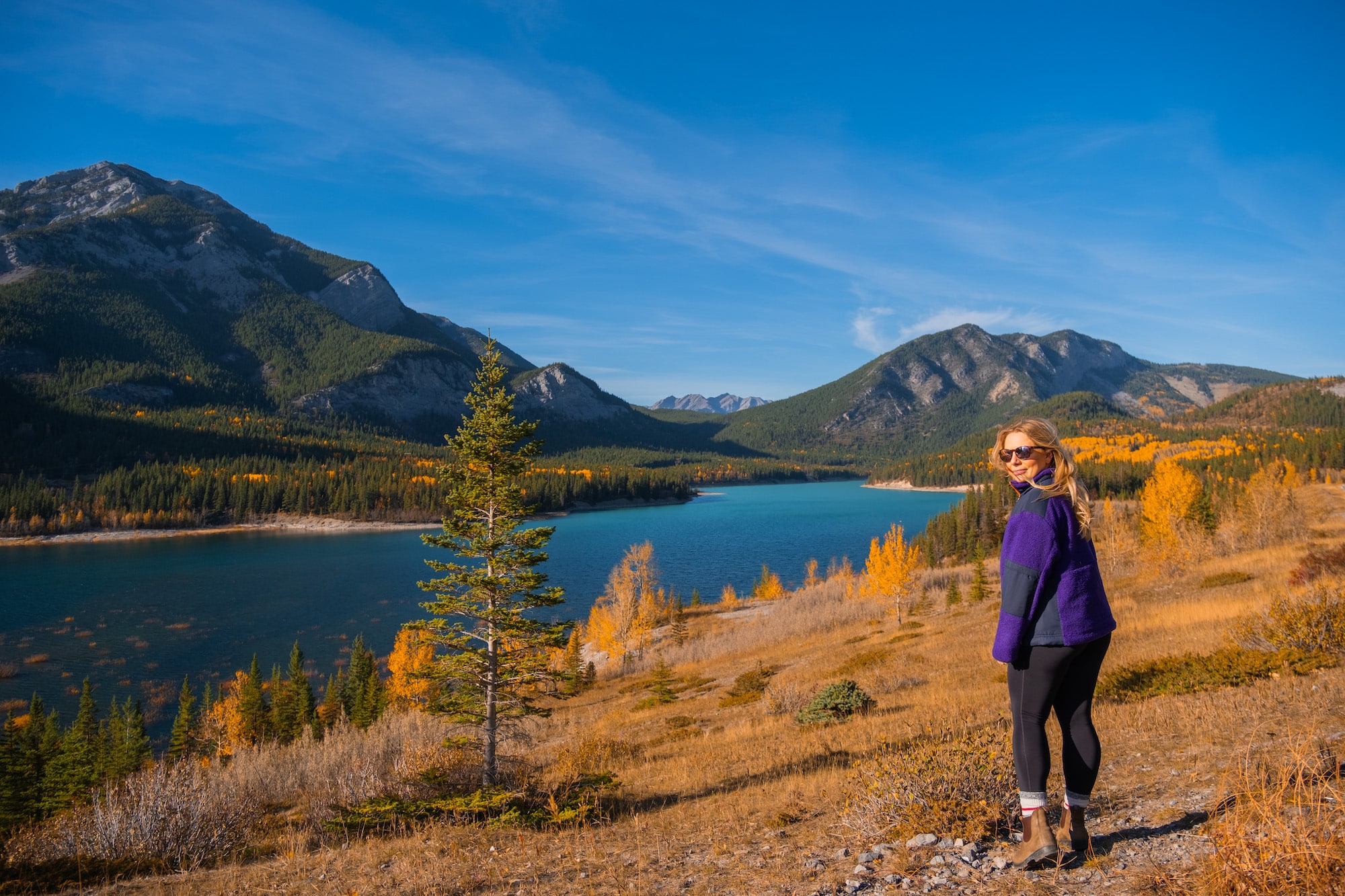
Ensure you protect your eyes from the sun. Since hiking is an outdoor activity, wearing UV protection is essential. UV strength is increased when you’re at elevation or near reflective surfaces such as water or snow. This is important at high altitudes where vegetation is sparse, and UV rays are intense. A hike up a pass in the Canadian Rockies can easily leave you sunburned and your eyes strained.
There are many options for sunglasses, and everyone should own at least a pair. For the health of your eyes, it’s best to ensure they have UV protection. Our favorites for hiking are the Smith Guide’s Choice and Lowdown 2 because the sunglasses have a broad frame to reduce UV reflection.
Scarf, Hat, Gloves
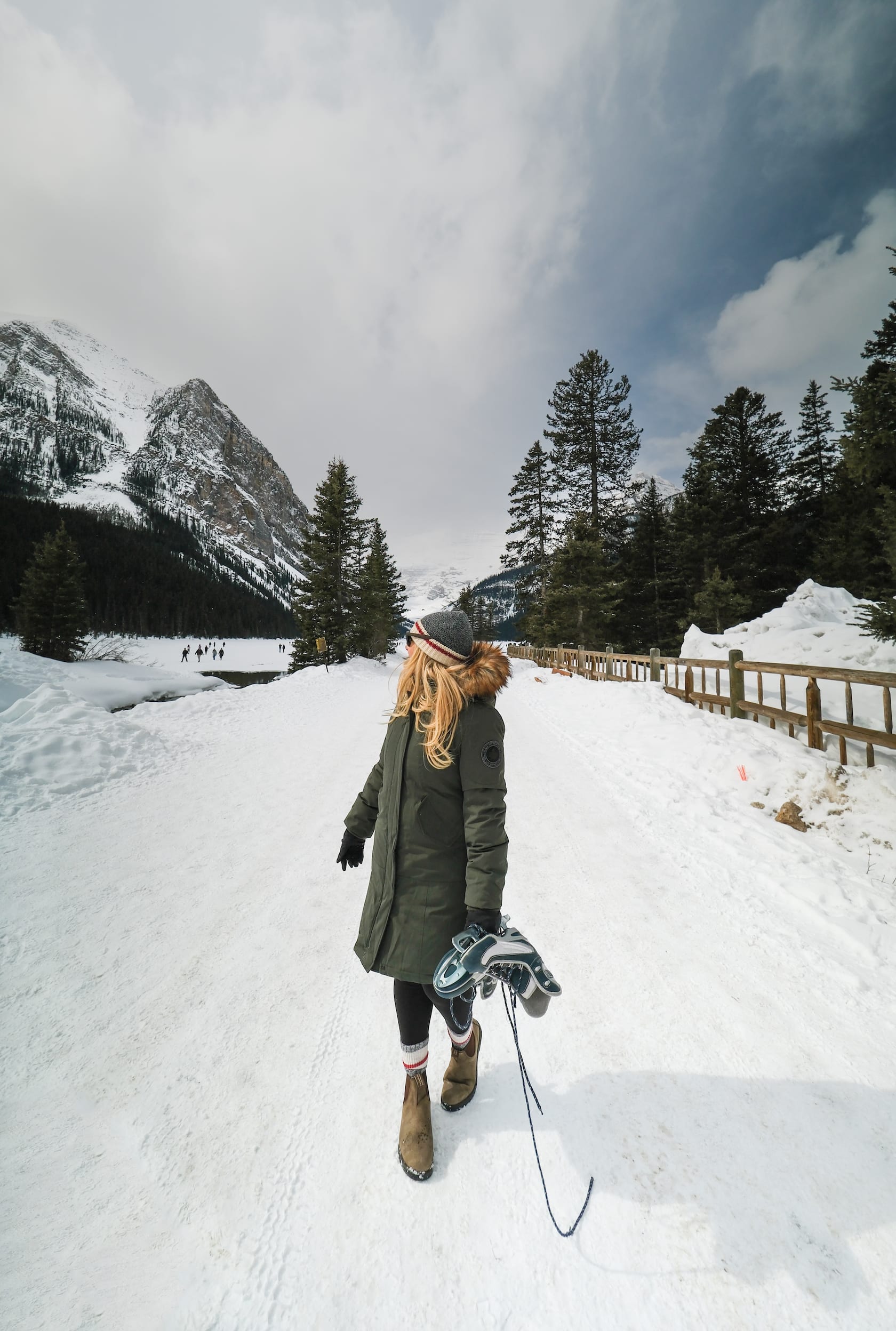
Scarves are a travel staple and a great wardrobe choice for traveling in Canada. They act as an accessory to your outfit and are super comfortable for an added layer of warmth. Top that off with a good toque and appropriate gloves for the season. It’s three simple things that can make you so much warmer.
They’re all wonderful to have readily available on those wintery days. Our favorite part about these three items is they take up little to no room in your luggage. We always recommend these items for cold weather destinations.
One “Nice” Outfit

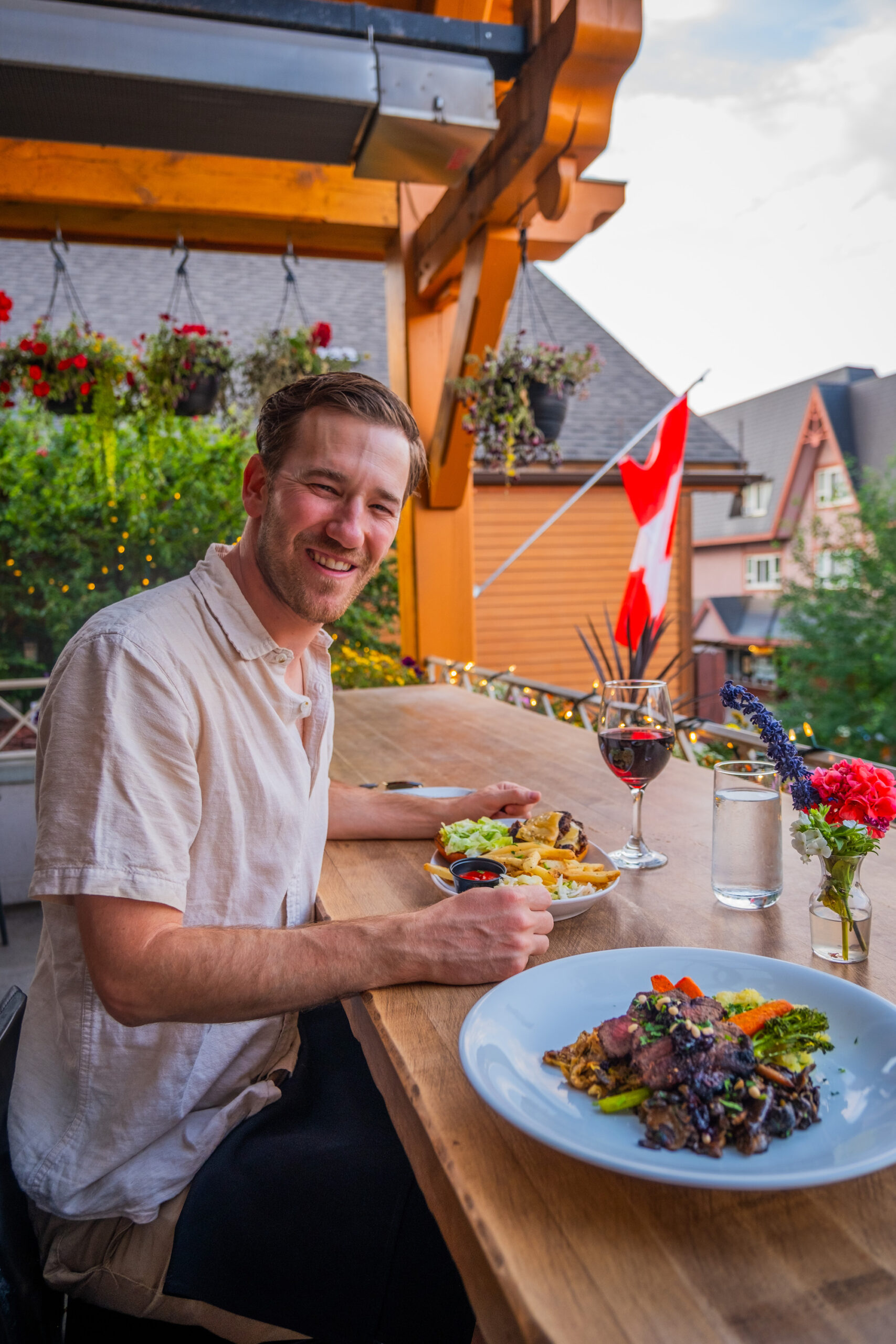
Dressing up in Banff? Yes, it does happen at night for a nice meal, but don’t go overboard! Dressing up for a nice meal or evening out here is still pretty laid back compared to many places in the world. Typically for us that’s a nice sweater or top, paired with a pair of trousers. For the ladies maybe a skirt or relaxed summer dress might be involved, but nothing too fancy.
I can count on one hand the number of times I wear a dress here here in a year (I save those for our European vacations!). If I were packing for Banff, I would pack maybe one or two nice outfits the most!
Parka (Winter Only)
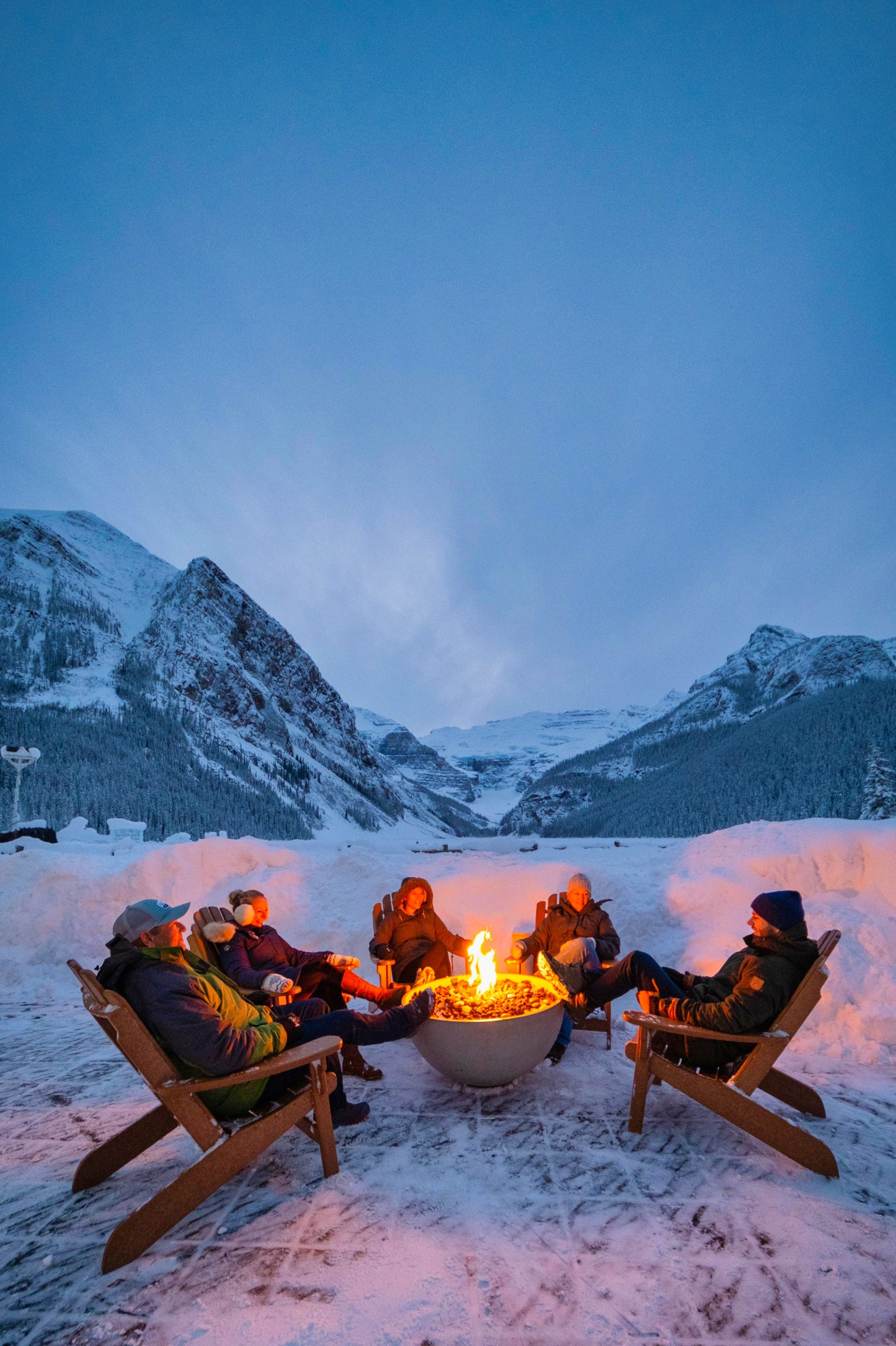
On those freezing days, we reach for our large down parka jackets. If you’re visiting Banff in the winter, a warm jacket is the one thing you do not want to forget. They’re bulky and tough to pack, so we always wear ours on the plane.
For some reason, we swear Lake Louise can always put a chill in your body, unlike any destination. We’ve always appreciated a good parka when seeing the sights in the winter months. As much as you may want to bring a few different winter jackets for options, it’s best to settle on just one since winter jackets are cumbersome.
Base Layer (Winter)
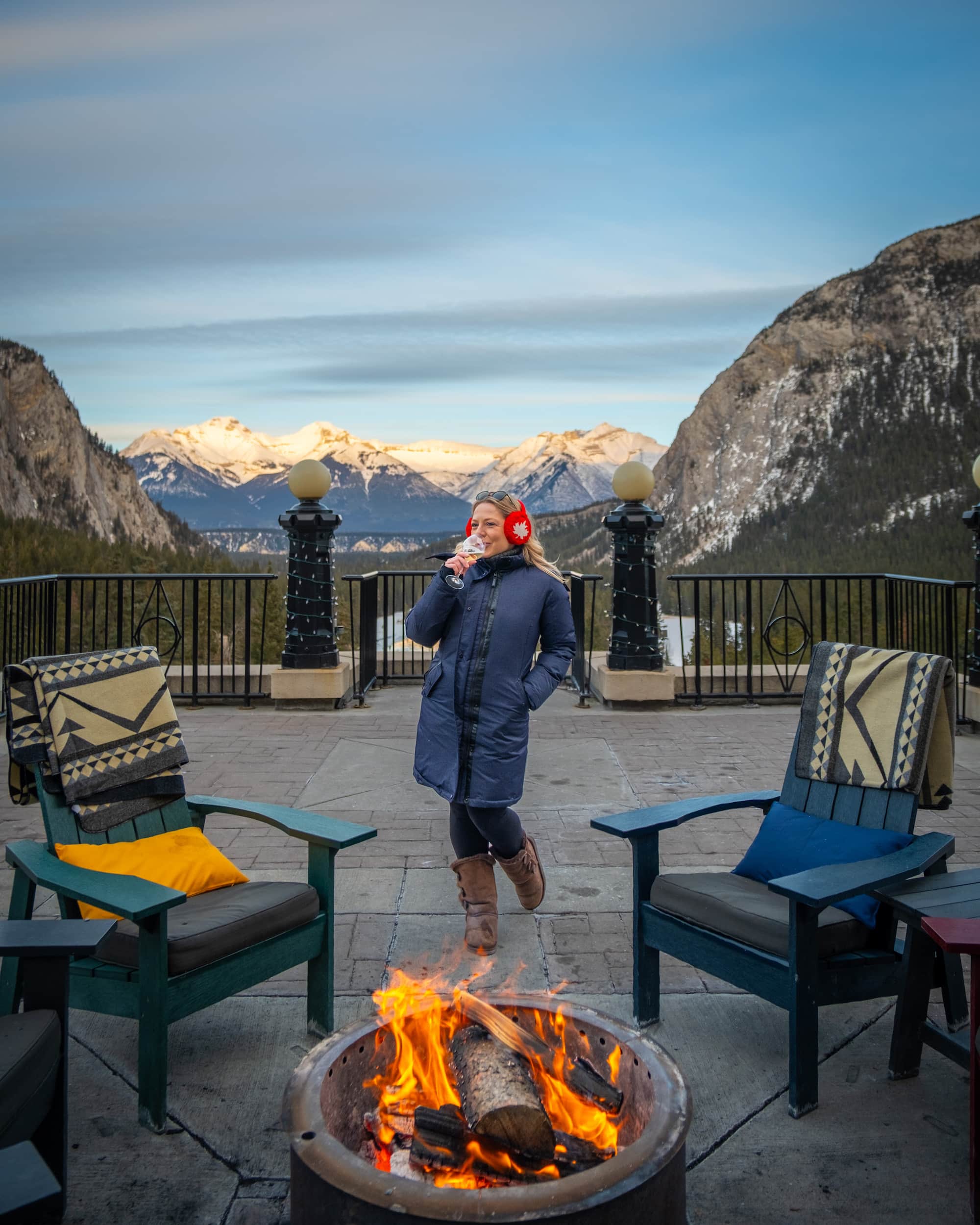
A pair of thermals is one of the secrets to staying warm in the winter. It’s pretty cold here in the winter, so we’ll even slip on thermals underneath jeans or regular pants to walk around town. We’re not as tough as you might think when you need to slip on “snow pants.” You’ll never see a local wearing snow pants outside unless they’re on a job or enjoying a winter sport.
Thermal underwear is essential for remaining warm and dry. Your base layer is the first key to wicking away moisture and keeping your body heat from escaping. We always wear quality base layers when active in cold temperatures, such as hiking, snowboarding, scrambling, or camping.
For the base layer, we recommend that it fit snugly and be made from a noncotton material like nylon or wool. We wear wool thermals from Helly Hansen and Smartwool. You won’t need thermal layers in Banff during the summer, but they’re a great item to pack for the Fall and Winter. Fall temperatures don’t always warrant thermals; however, it is Northern Lights season, so they’re a welcome layer of warmth on those cold nights.
Footwear In The Canadian Rockies
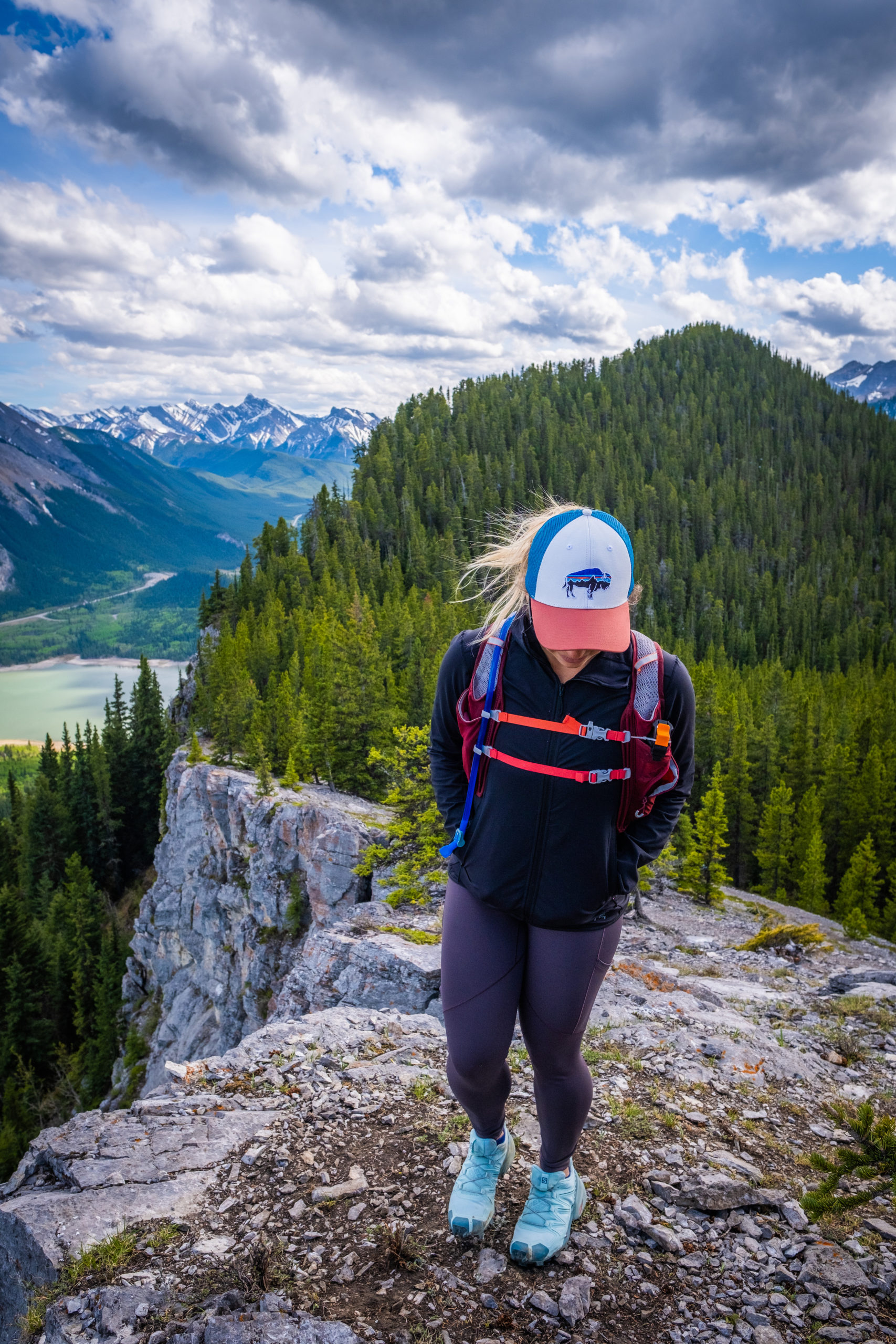
I could write dozens of articles on the best shoes for hiking. Truthfully, there are a ton of variables when it comes to footwear. Things to consider are terrain, fit, style, and intended use. I have several different options for footwear for the trail, and I choose based on the day.
Choose a shoe that best fits your everyday needs. A trail running shoe is perfect for most hikers as it is capable on and off the trail. That way, you get plenty of use out of your investment. Low elevation and easy hikes in Banff are on well-maintained trails, so a good pair of hiking or tennis shoes is more than adequate. However, as the steepness and difficulty increase, you’ll want a shoe with a reliable grip and good tread pattern.
You should also be cognizant of your body’s health. Do you have previous injuries, or are you prone to ankle rolls? If you need extra support, do not hesitate to choose the best option for yourself. For most, these will be high-ankle boots.
There has been a long debate about whether you need high-top boots or low-cut shoes to protect your ankles. Truthfully, we own both types and like to wear high-tops on muddy trails or areas with thick vegetation on multi day treks and shoes in warm and dry destinations. The stiff sole in boots helps carry weight on multi-day camping trips.
Trail Running Shoes
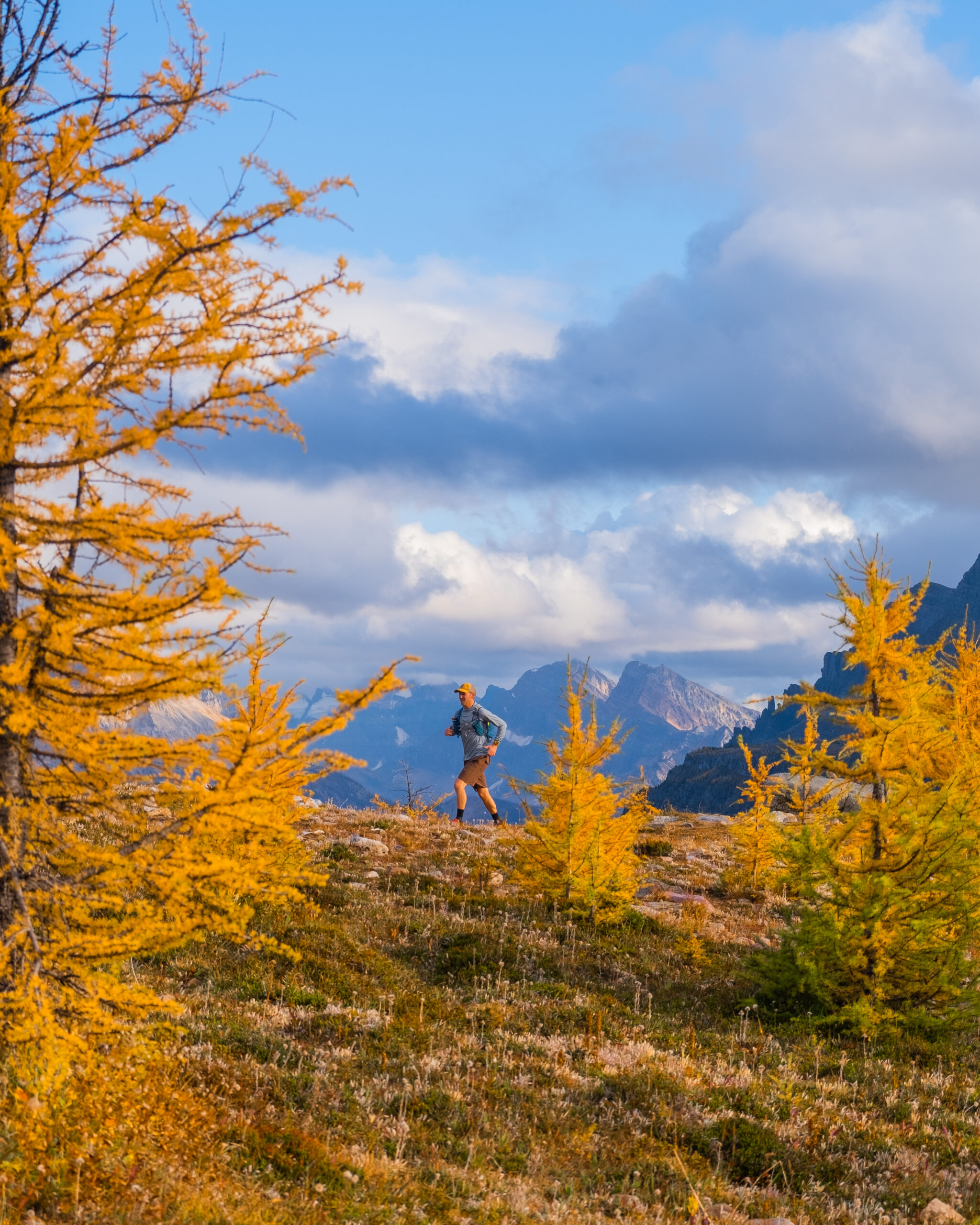
We both have the Hoka One One’s Speedgoat, and they’re great on the trails. They’re heavily cushioned, protecting your feet from uneven or rough surfaces. The tread pattern is not aggressive, so they feel comfortable with gravel surfaces or the gym.
However, beating the Salomon Speedcross is tough if you’re big on trail running. They have a diehard following and food, good reason. The lightweight shoe is high on comfort, and the aggressive tread pattern ensures you always have a grip. We’ll burn through a pair of these each summer. Of course, you’re not a local trail runner until you’ve owned a pair of Speedcross.
As I stated earlier, Banff’s low elevation and easy hikes are on well-maintained trails, so a good pair of hiking or tennis shoes is more than adequate. We mix it up, but if you plan to take big mountain hikes/scrambles, PLEASE wear hiking-specific shoes or boots. Too often, people get in trouble with the wrong footwear on a trail where a slip could mean serious injury or death.
Casual Shoes

You don’t need to pack all athletic shoes for your time in Banff. We love wearing more comfortable shoes around town, but that does not mean we’ll wear dress shoes or heels. Instead, we wear more relaxed boots or shoes like a pair of Blundstones or Allbirds on most days; if it’s summer Birkenstocks are all the rage here.
Hiking Boots
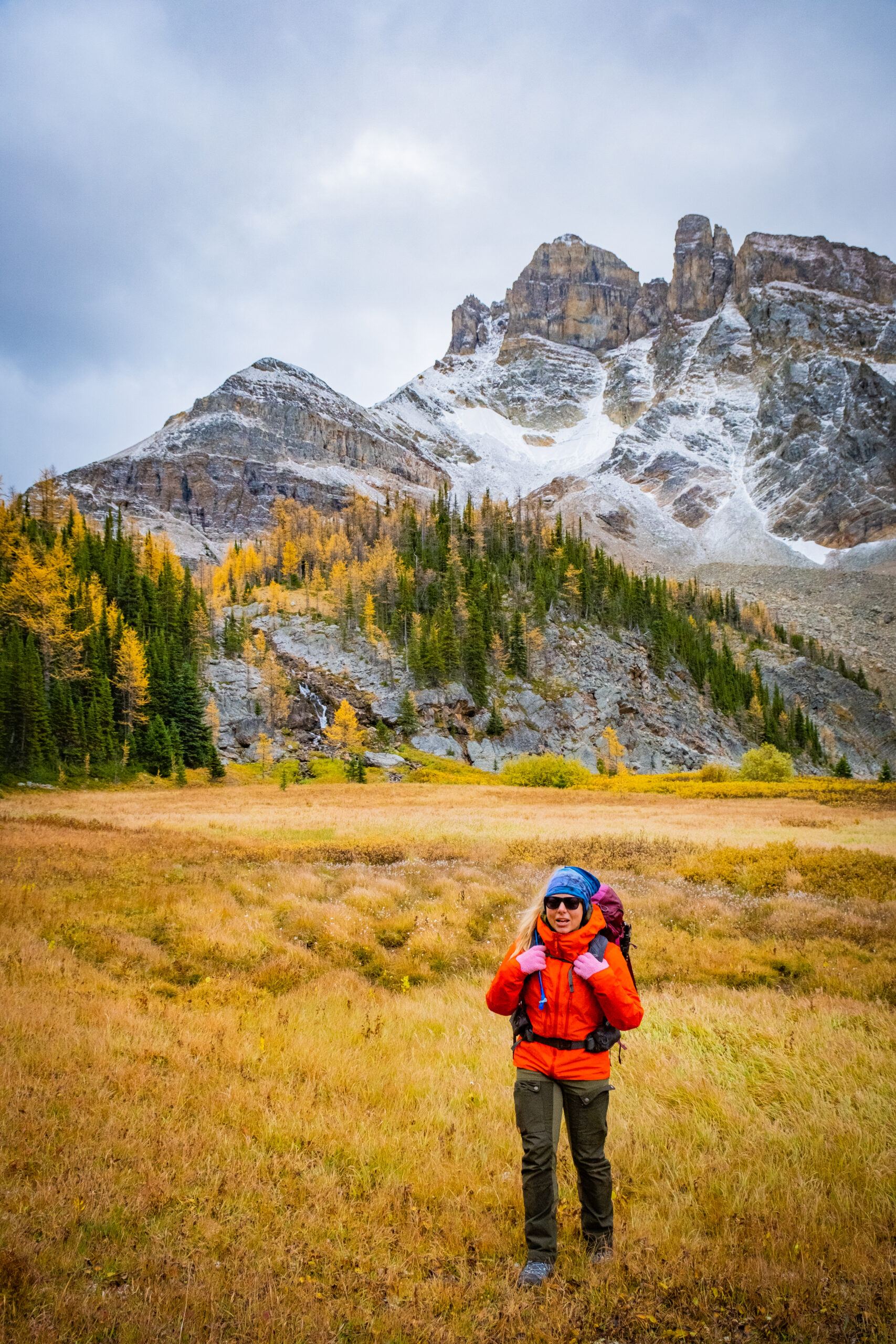
When hiking, purpose-built synthetic boots are tough to beat. They are lightweight, breathable, quick-drying, and often waterproof. Loose rocks are a real threat in the mountains, so it’s a good idea to wear decent hiking boots or shoes.
I’d say wear what you’re comfortable with, but if you plan to head to the wet areas, it would be good to bring a pair of high-ankle boots. Ankle-high boots protect against thick brush, bugs, and loose rocks.
Owning a good pair of hiking boots will be useful if you explore different climates. We love the Merrell Moabs, which come in both women’s and men’s versions and high- and low-cut versions. They are not the most technical boots, but they are always reliable and never give you a blister. I took a brand new pair on a backpacking trip and hiked 30 kilometers a day in them with no threat of blisters. Most importantly, they’re the best value for hiking boots!
Sandals (in the Summer)
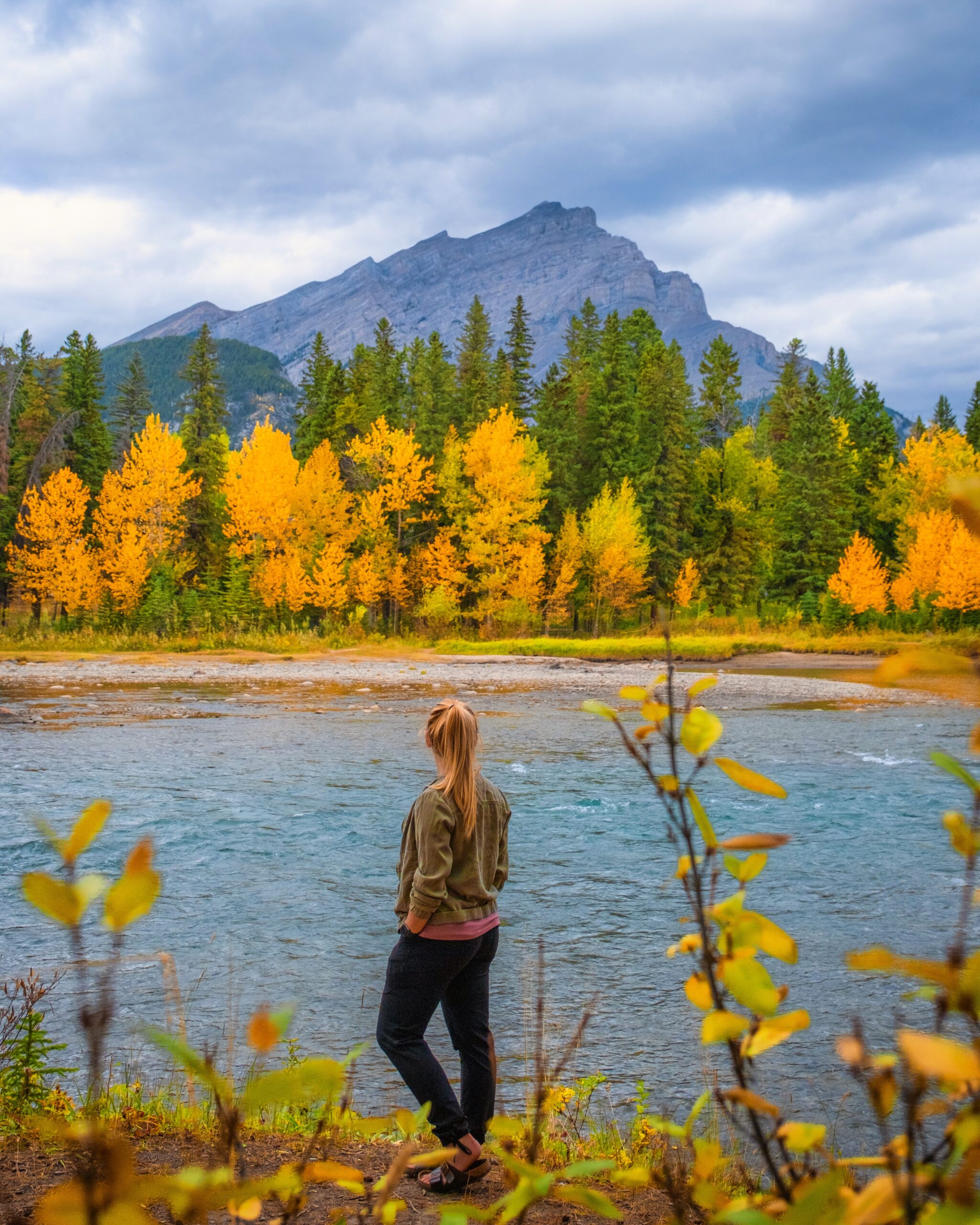
Sandals can be incredibly nice for freeing your feet in the summer. Whether it’s an easy hike or just camping, walking around in a pair of Teva’s or Chacos is great. We love them for long hikes where we may cross a stream or river.
They’re also great if you want to go for a canoe, kayak, or SUP on one of the great lakes in Banff. Good hiking sandals are on every one of the summer Canadian packing lists. Lately, I’ve joined the masses and fallen in love with Birkenstocks.
Daypack
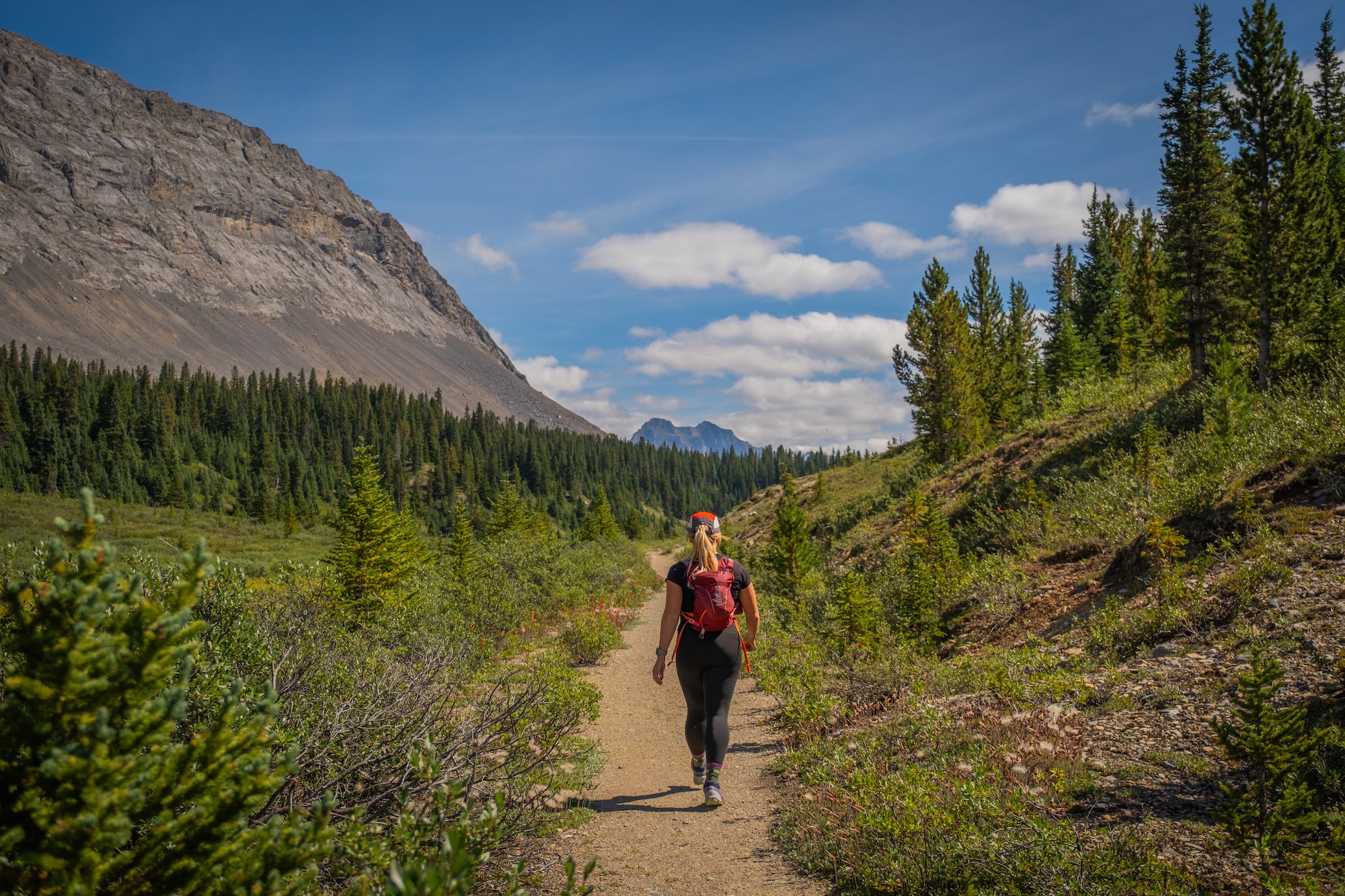
A daypack should be enough to hold your belongings if you’re not going on an overnight backpacking adventure. No matter what you do in Banff, you will want a daypack to store your belongings. A daypack should be enough to hold your belongings if you’re not going on an overnight backpacking adventure.
No matter the hike, you will want a daypack to store your belongings. My daypack usually consists of a shell jacket, down jacket, hiking poles, snacks, water, gloves, chapstick, a buff, a camera, a first aid kit, navigation, and an emergency blanket.
While not everyone needs an alpine pack, the key to take away is to opt for the correct size pack. I love a versatile size around the 30L mark if you only have one pack. The size gives enough room for gear-heavy days, but it’s light enough for short treks or walking around town.
Of course, any backpack will do the job if you don’t plan on extensive hikes. I can get around on almost any size day hike with a small 10L multi-sport vest.
eSIM
If you don’t have a Canadian cell phone plan or one isn’t included in your international plan we recommend looking into an eSIM with Holafly. With all the great tools our phones offer with travel, we suggest everyone remain connected.
This can help with GPS directions, trail-finding apps, mobile banking, making reservations on the go, travel updates, and staying connected with loved ones back home. We consider data connection vital to international travel.
Use promo code “BANFFBLOG” for 5% off your Holafly eSIM purchase for Canada!
Our Favorite Tours and Excursions in Banff
- Banff Gondola: Get up on top on Sulphur Mountain!
- Banff Hop on Hop Off: Explore the park at your own pace.
- Lake Minnewanka Cruise: Enjoy a guided tour on the largest lake in Banff.
- Guided Glacier Hike on The Athabasca with IceWalks: Because when else can you walk on a glacier?
- From Banff: Lake Louise and Moraine Lake Sightseeing Tour
- Radventures Earlybird Explorer: Sunrise at Moraine Lake with treats!
- Mt Norquay Via Ferrata: Conquer your fear of heights
What You DON’T Need to Bring to Banff
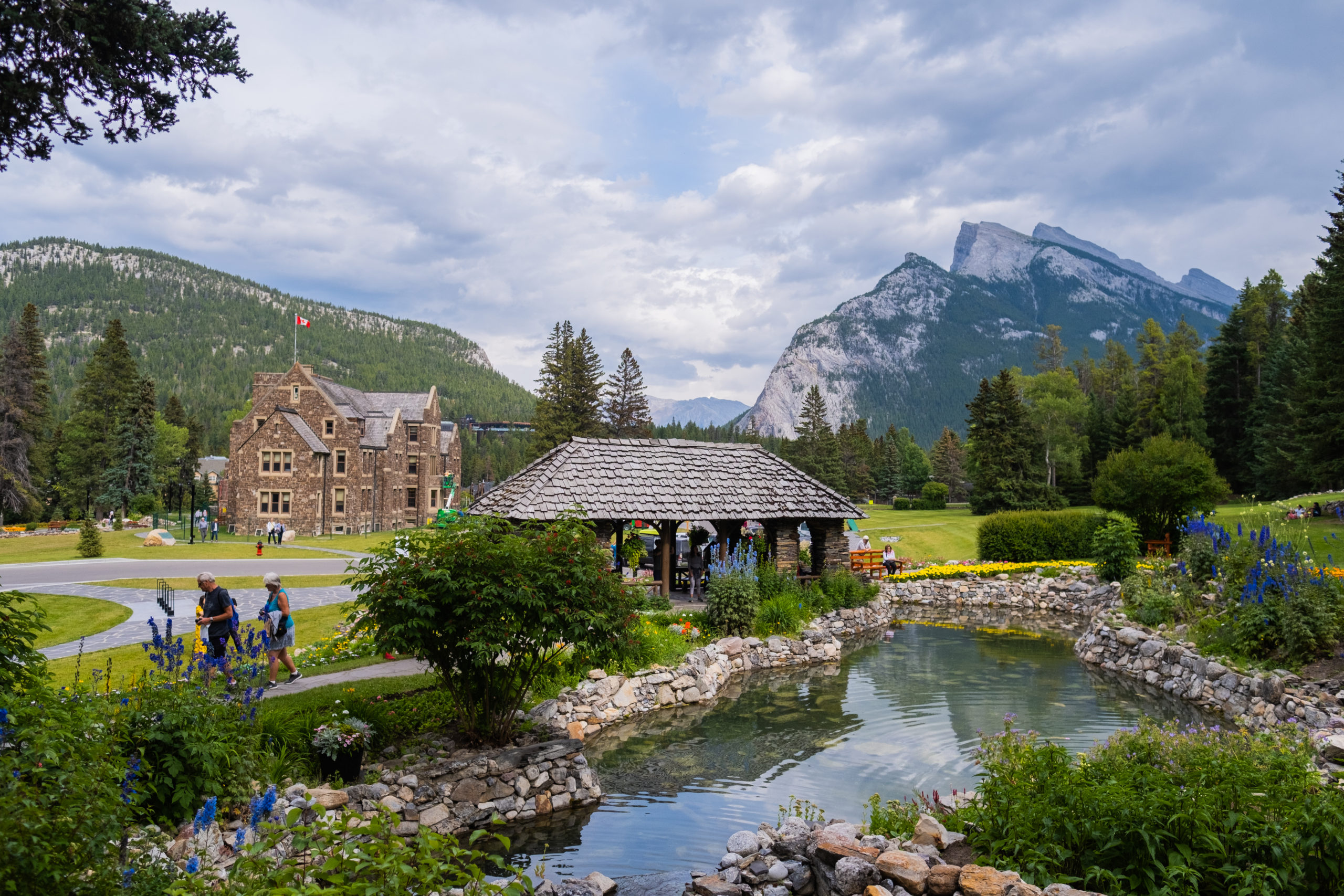
Club Dresses: There are really no clubs in Banff or Canmore. There is no need for a short clubbing dress. The best thing you’ll find here is a brewery or distillery where you would likely instantly feel out of place in a short club dress.
Heels: There’s no scenario in the Canadian Rockies where you need heels. Oh yeah, and don’t hike in them – that’s a bad idea.
Super Fancy Dress Clothes in General: Both men and women don’t need to worry about getting super fancy here unless you want to. A sweater and black pants/skirt work just fine if you’re going to an event.
Bottled Water: The one thing that drives me nuts every summer is the grocery stores that sell cases of bottled water and the visitors who think they need to buy them. Not only is this a waste of plastic, but it’s unnecessary. You do not need to worry about the tap water here. It’s SO good, and the towns need minimal water treatment.
Lots of Cash: Nearly everywhere in the area takes credit card. Honestly, I don’t think we’ve paid cash for much of anything in years. The main situation where cash comes in useful is for tipping guides on your tours, for the Roam Transit bus, or for some of the teahouses you can hike to.
Lots of Toiletries: If you want to travel carry on only, but have all the sunscreen and bug spray you want to bring it’s OKAY to leave it home. We have all that stuff in the pharmacies and shops here!
A Parka in July: Unless you get cold very, very easily, leave the heavy-duty coat at home between June and early October. Parkas are great and we wear them in the dead of winter, but there’s no reason that a good down jacket/puffy won’t do the job in the summer.
Plan Your Trip to the Canadian Rockies
- We now have an interactive map! With over 350 stops and pre built itineraries around the Canadian Rockies, our personal map and guide is your one stop shop to an epic trip here.
- Recommended Experiences: There are many things to do in the Rockies, but our top recommendation is the Banff Gondola – a must do experience! Want to get up close and personal with a glacier? We cannot recommend this Icewalks tour enough!
- Planning your visit to Moraine Lake and don’t want to deal with the Parks shuttles? We recommend using Moraine Lake Bus Company, Fairview Limo (leaves from Lake Louise Village) or booking with ViaVia (these leave from Banff/Canmore).
- Hotels in the Rockies: There are many places to stay, from luxury hotels to wilderness cabins. See all our favorites here.
- Get Around: We suggest renting a car to get around. You can search for rental cars on Discover Car. For a campervan trip, you can check prices and compare on Outdoorsy.
- We can help you plan your 2025 trip to Western Canada! If you’re feeling overwhelmed by planning we can assist! We’ll hop on a 1 on 1 phone call, and PERSONALLY go over your itinerary, and will save you previous time and money with our personal recommendations. Calls are followed up with detailed trip notes afterward that I write myself. See our services here.
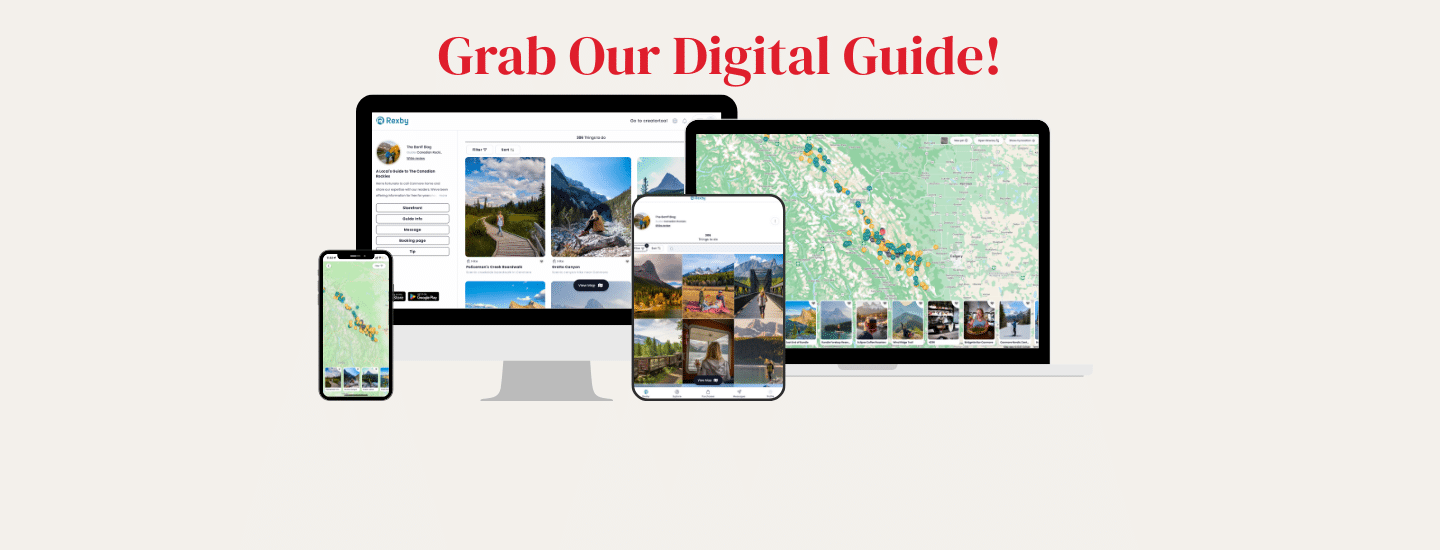
New in 2025! We just released our local guide to the Canadian Rockies! Discover 300+ hidden gems, hikes, and cabins not found in your typical guidebook. We’re offering a 10% off intro offer using code BLOG10 at checkout!

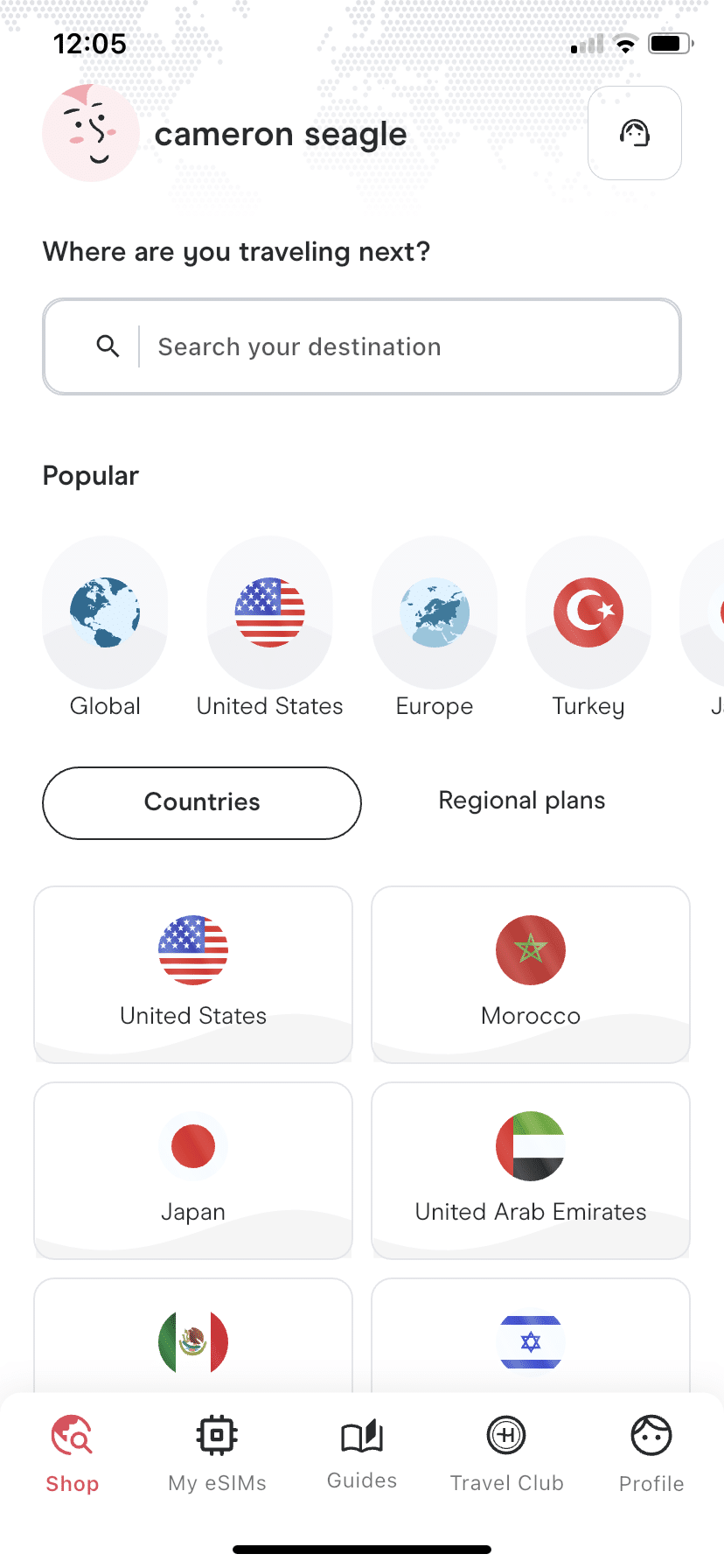

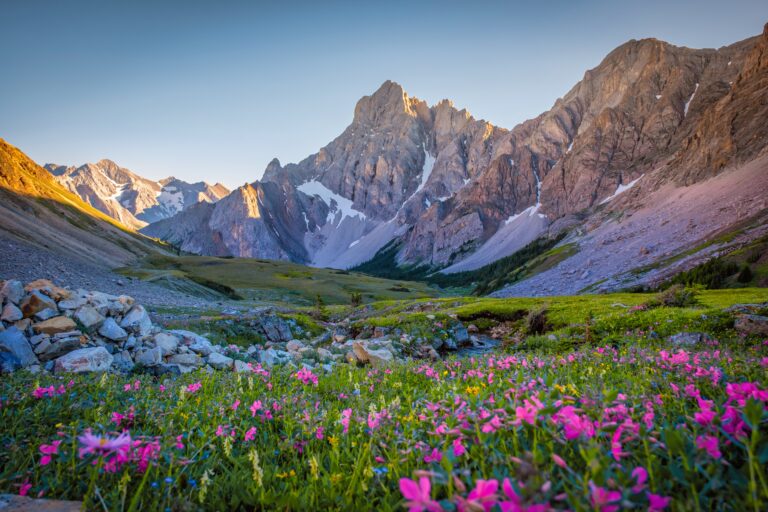
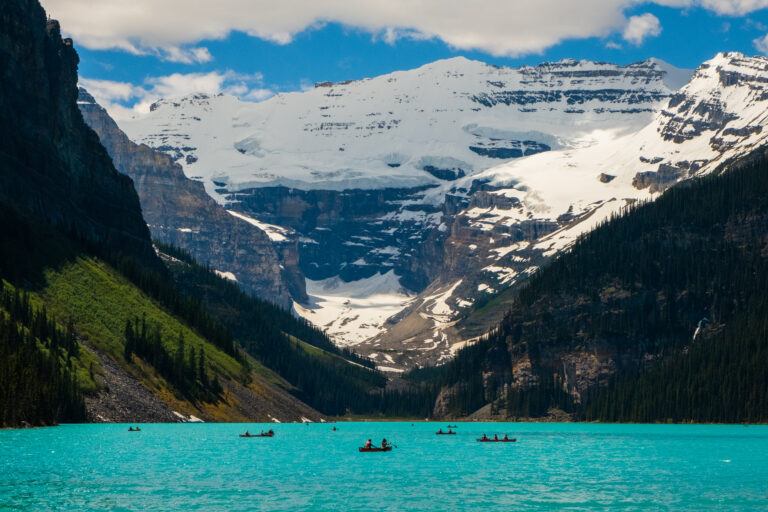
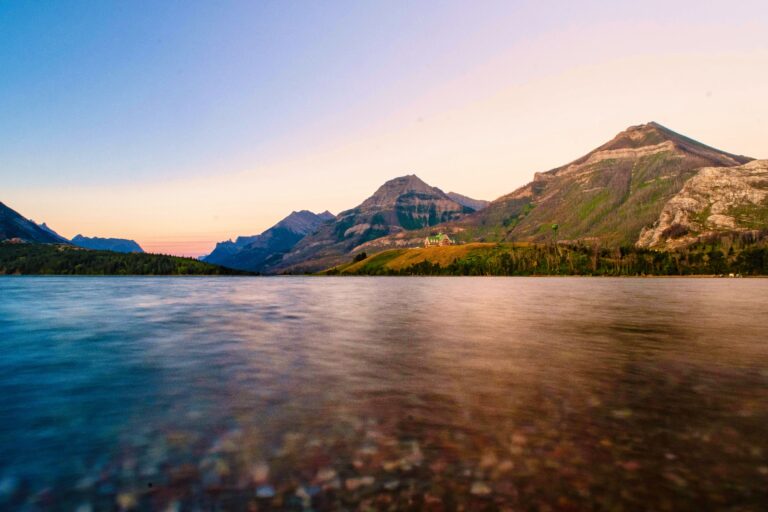
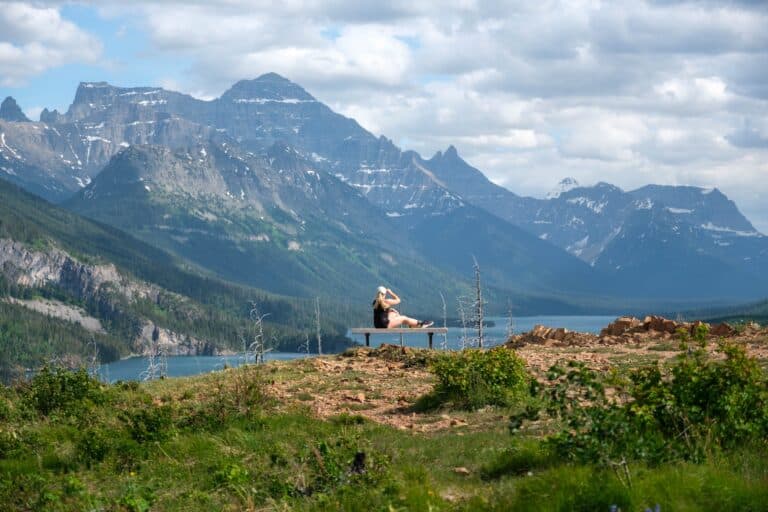
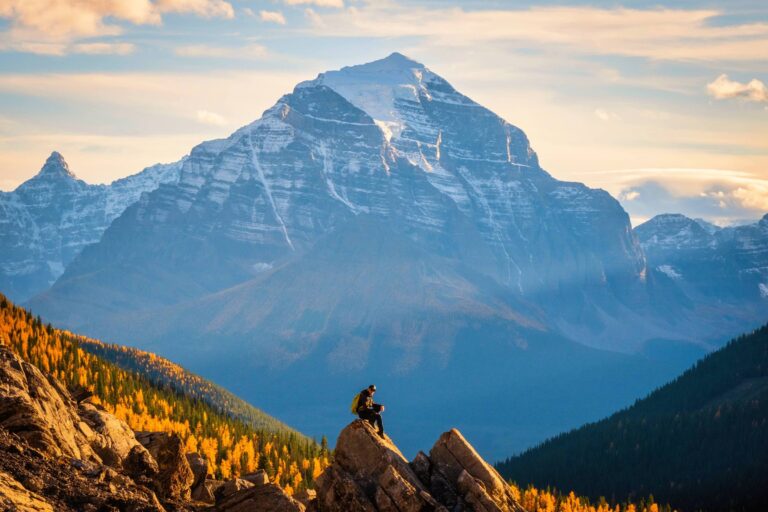
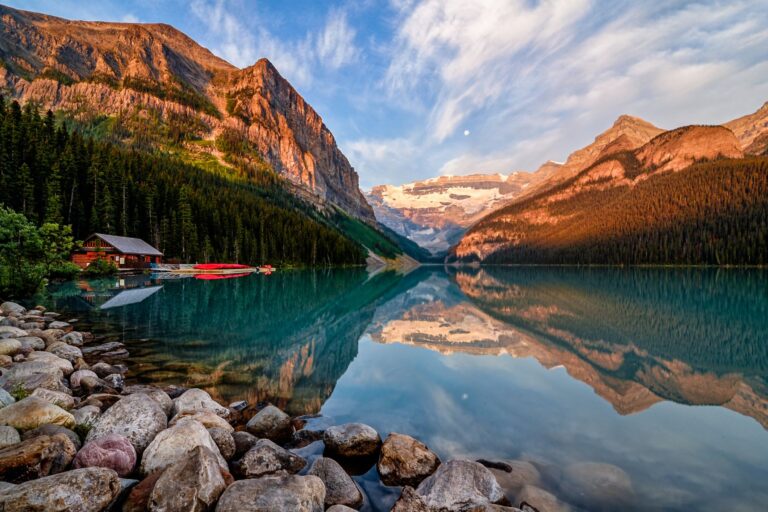
Thanks for the great, up to date information
Hi There,
Thank you for the very informative blog! I’ll be visiting Banff for the first time in mid-May and can hardly wait! Any further tips on what to expect in May or places to avoid touring? I hear that Lake Louise may still be frozen. Is it still worth visiting?
Thank you!
Hi Farah,
Here are some more tips for visiting Banff in May: https://thebanffblog.com/banff-in-may/
Thanks Natasha as always, you guiys did a great job compiling all the info. Really apprecite that.
I love all the info! But can you list at least the location of the first 10 photos please!
All the locations are listed on this website so we encourage you to click around – here’s a great place to start: https://thebanffblog.com/best-things-to-do-in-banff/
Hi,
Thank you for your comprehensive information. It’s like you can read my mind! You answer every question I have and those that I haven’t even thought about. I appreciate your in-depth reviews and suggestions…you include where, when, who, how AND why. My husband and I will be visiting the area in September and will bring your valuable information along.
Hello, I am visiting Banff the end of June. Can you help with specific travel wear for that month?
Please look at this article: https://thebanffblog.com/banff-in-june/
Thank you for this very informative blog. We’re going to Banff this coming September and I have my 4m/o with me. Are the hikes ok to bring them along? Do I have to carry their car seat to the shuttles also? We’re going to rent a car to go around. Thank you.
If you’re fine carrying them there’s no reason why they wouldn’t be okay to bring on a hike – that’s up to you. I would bring a car seat as the shuttles don’t provide one for you.